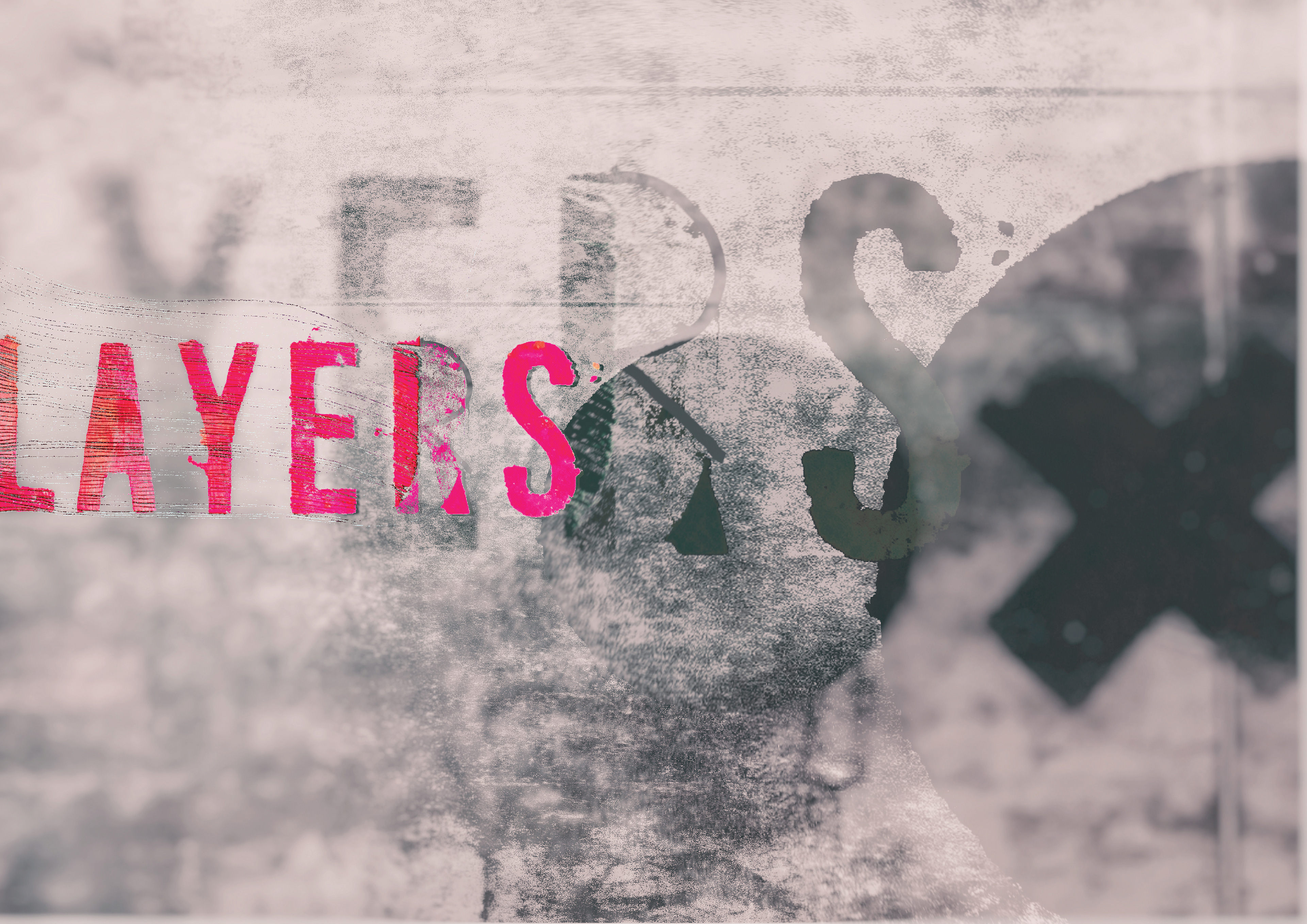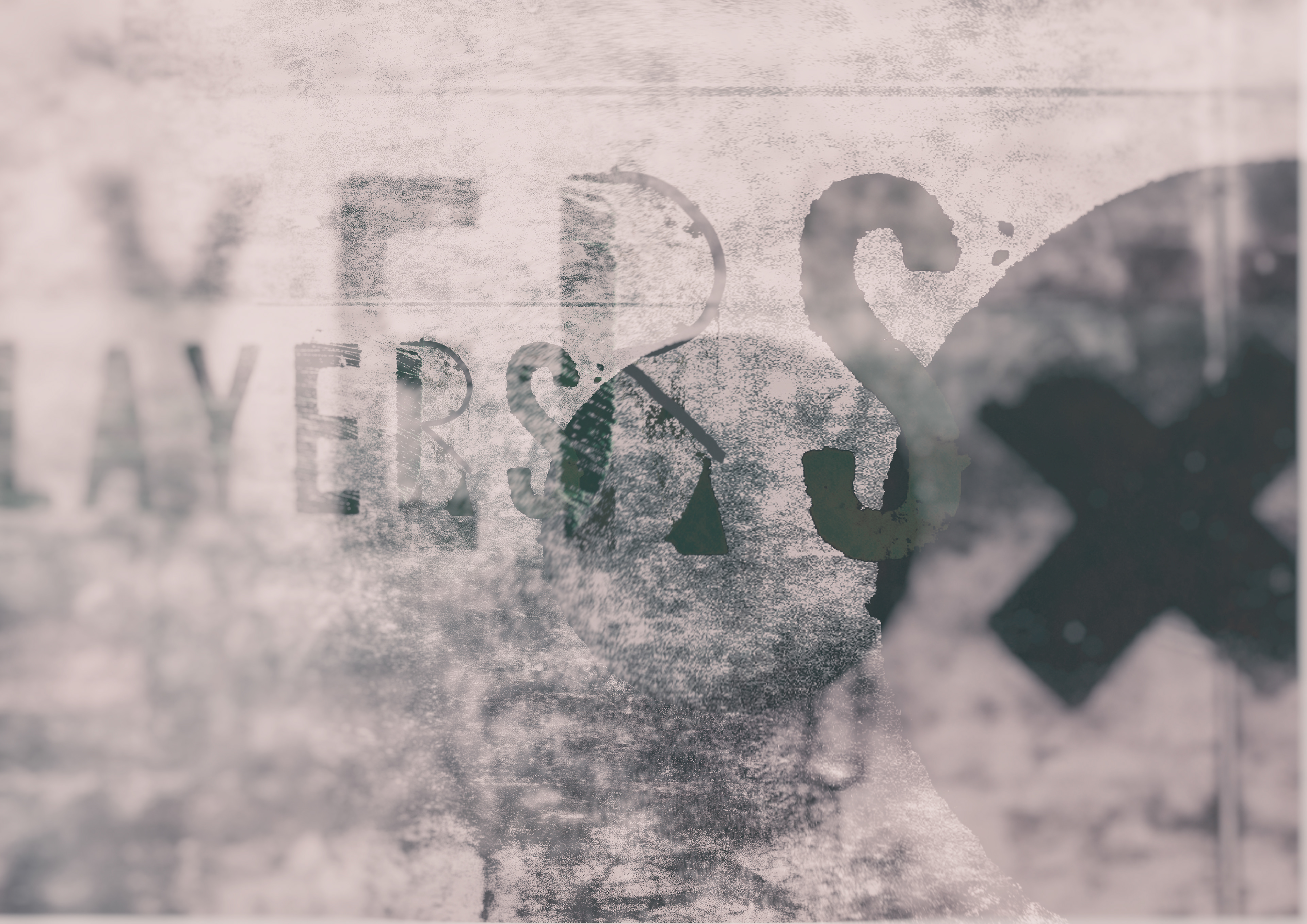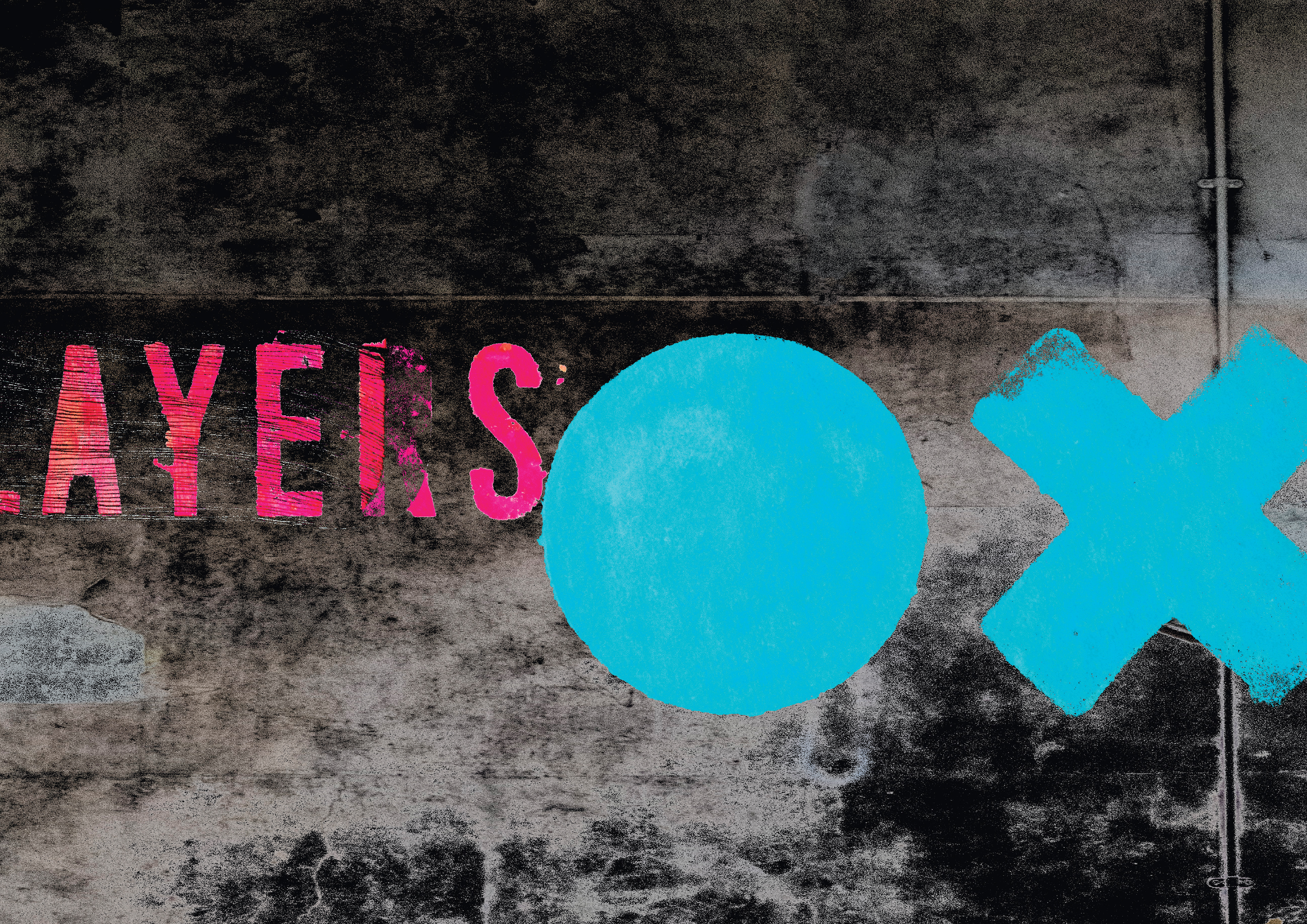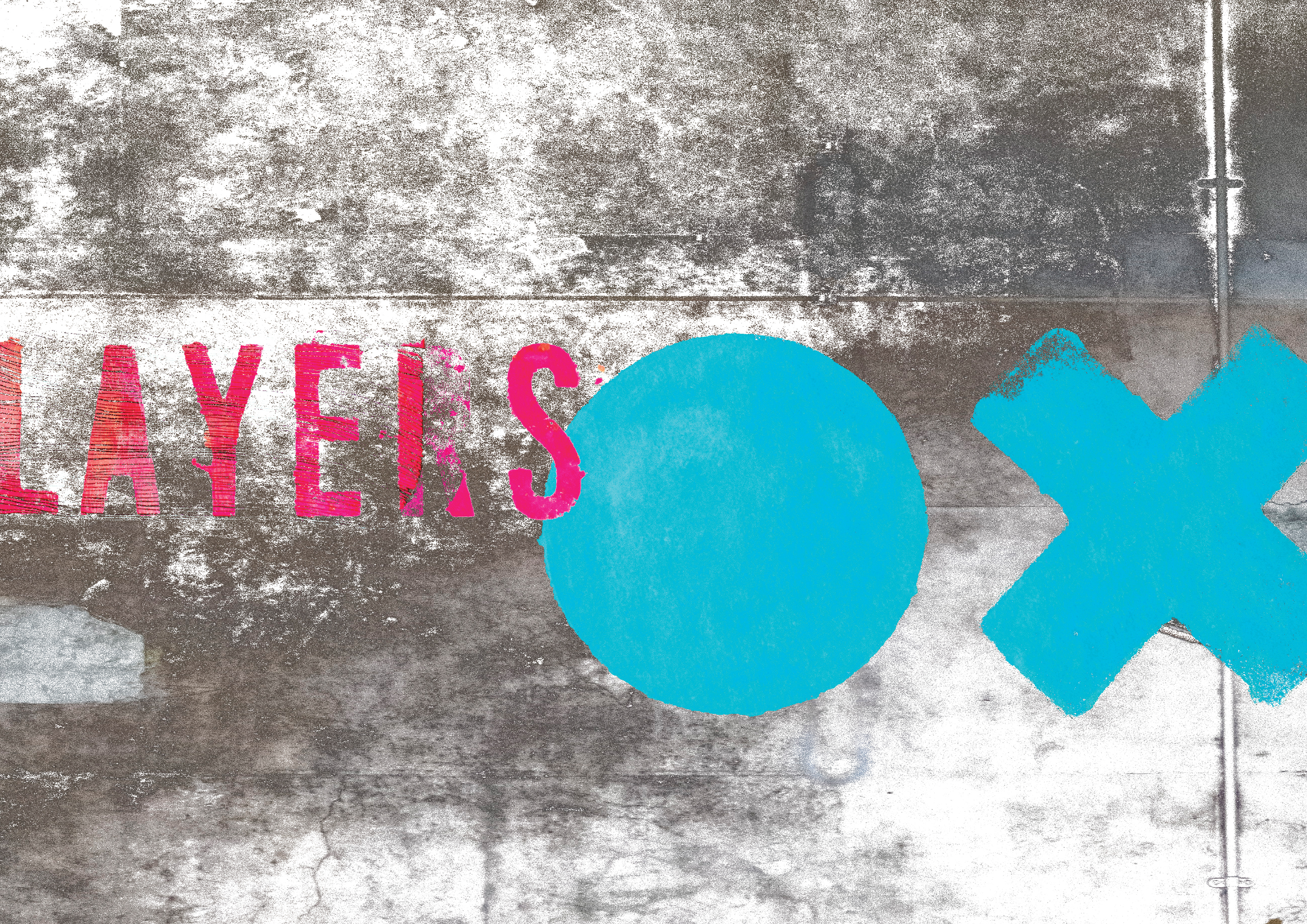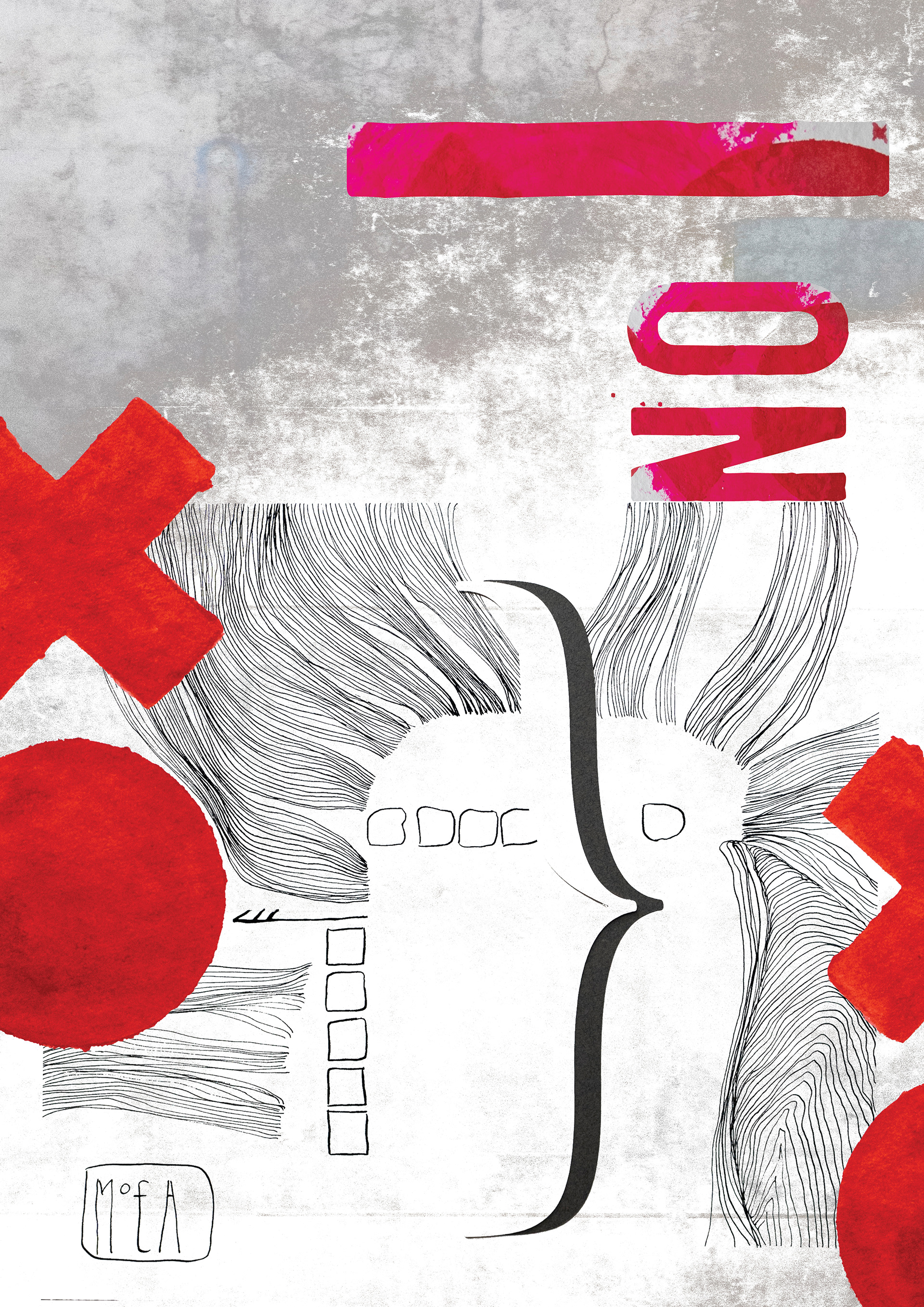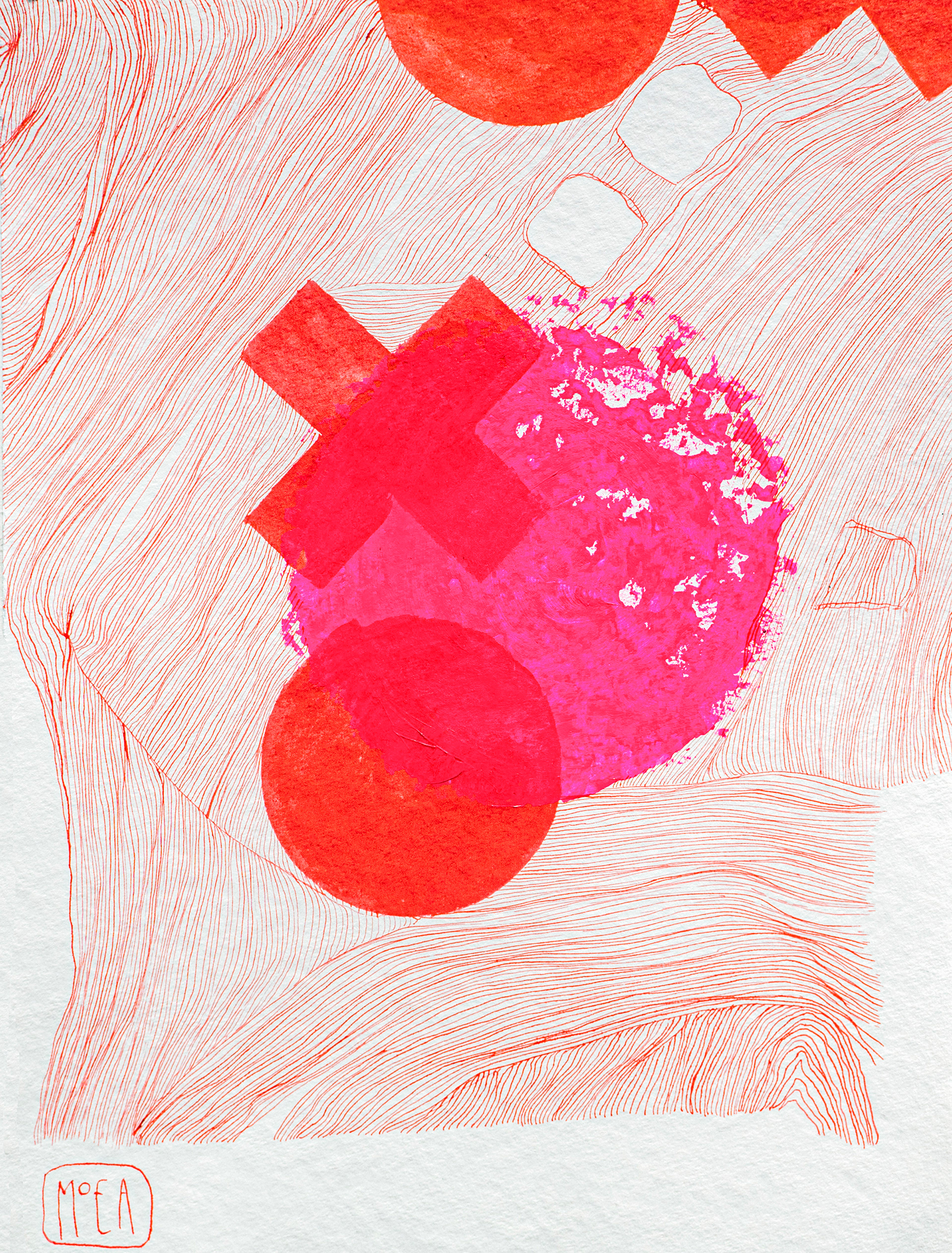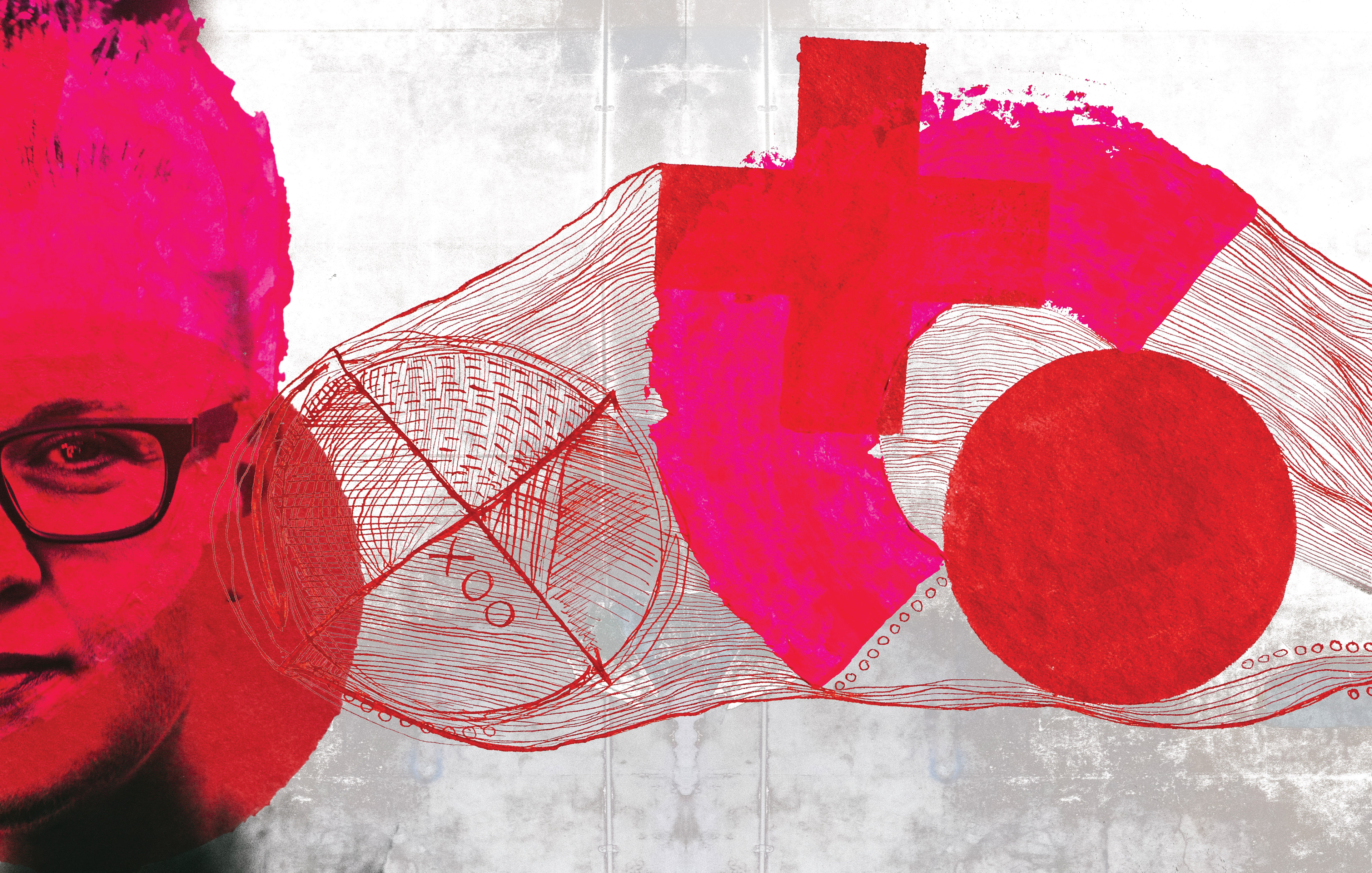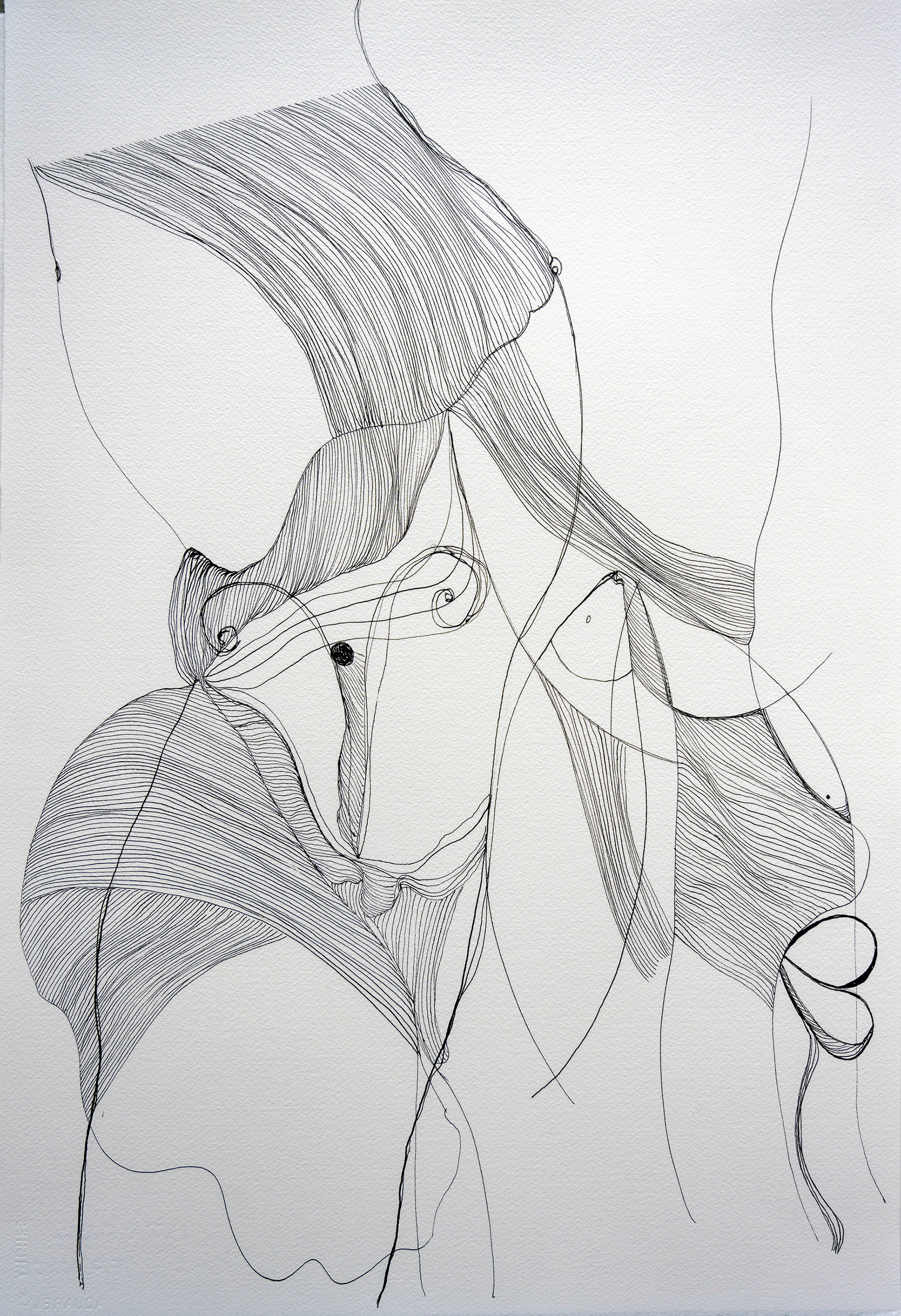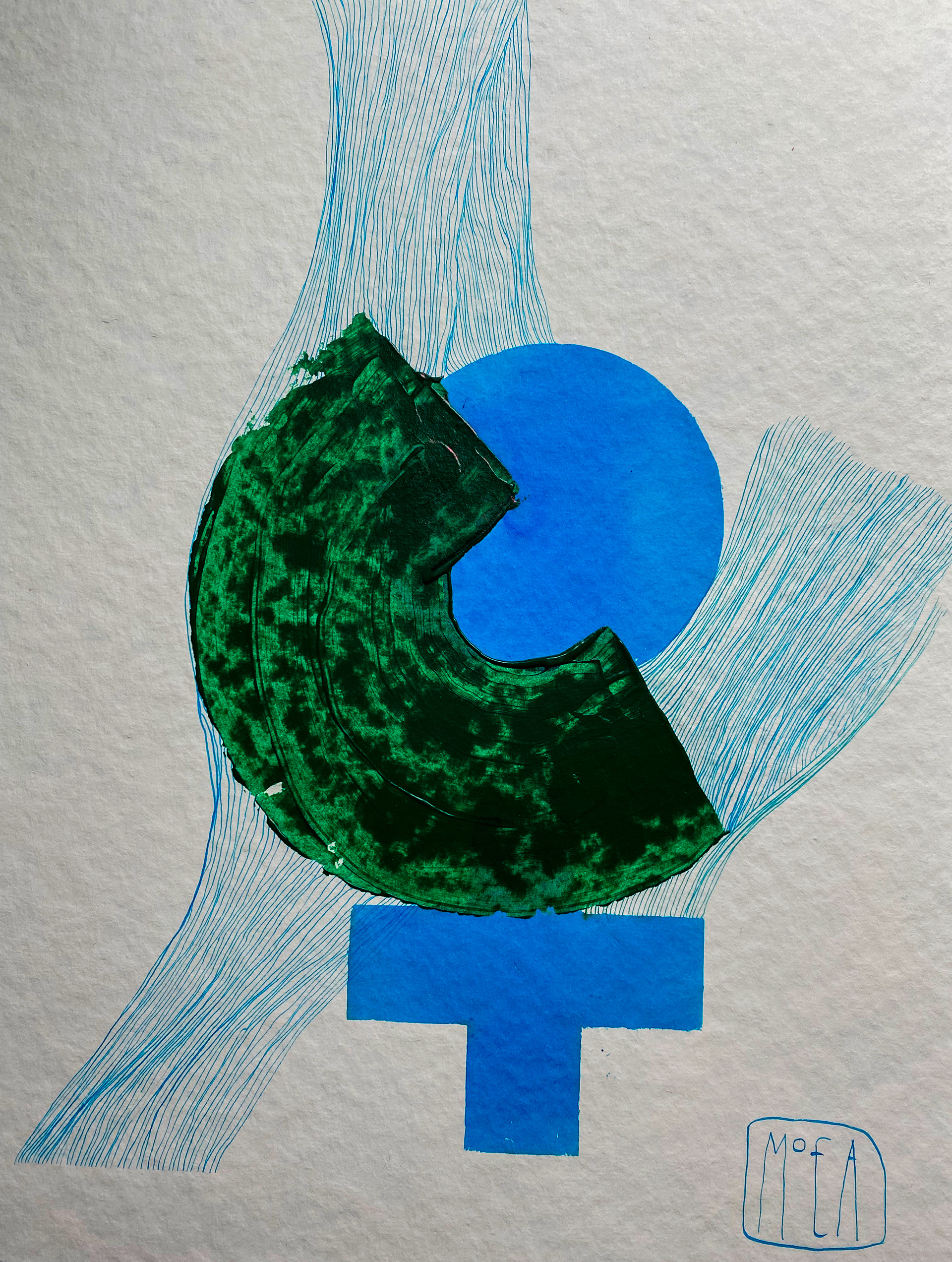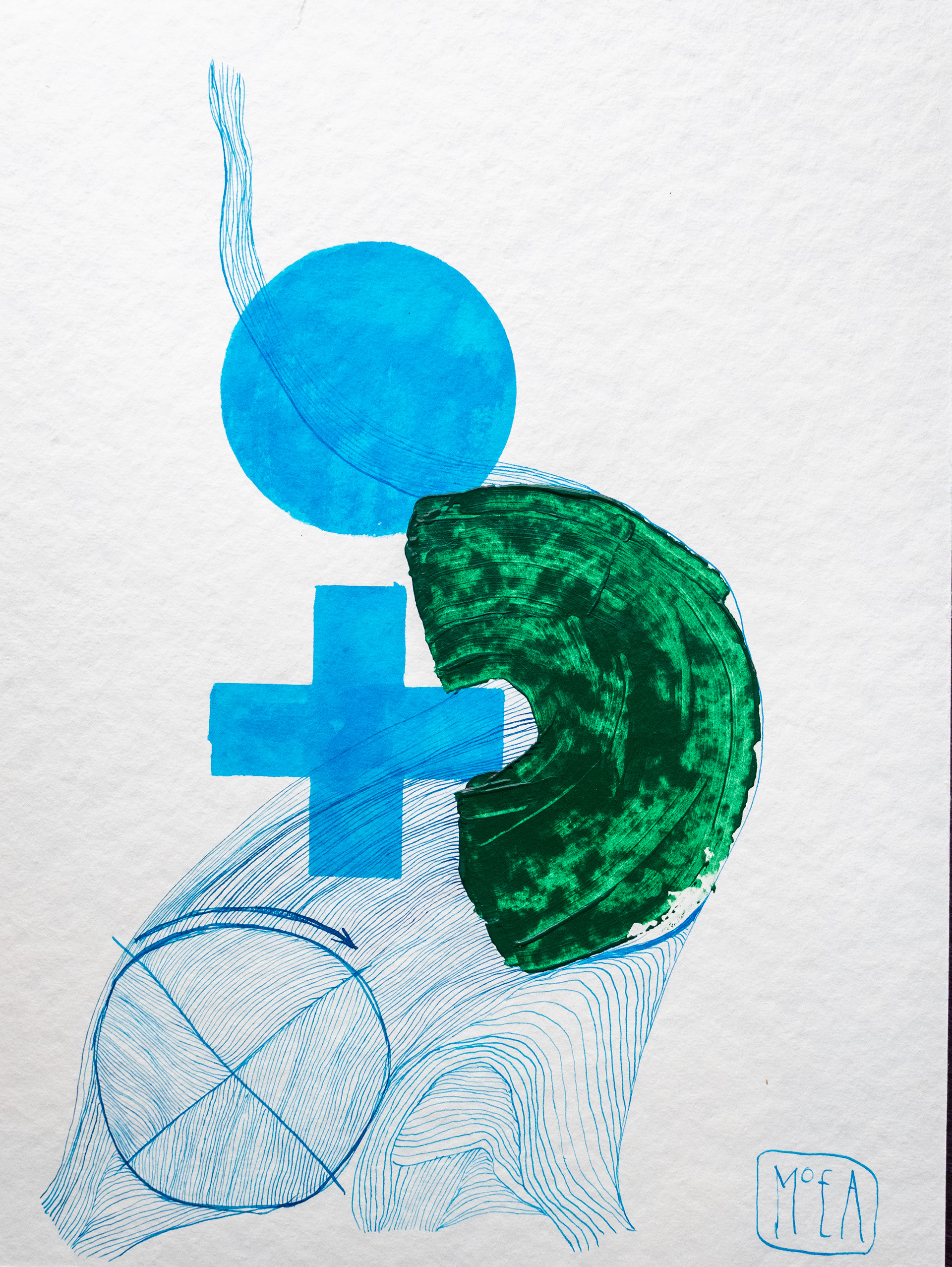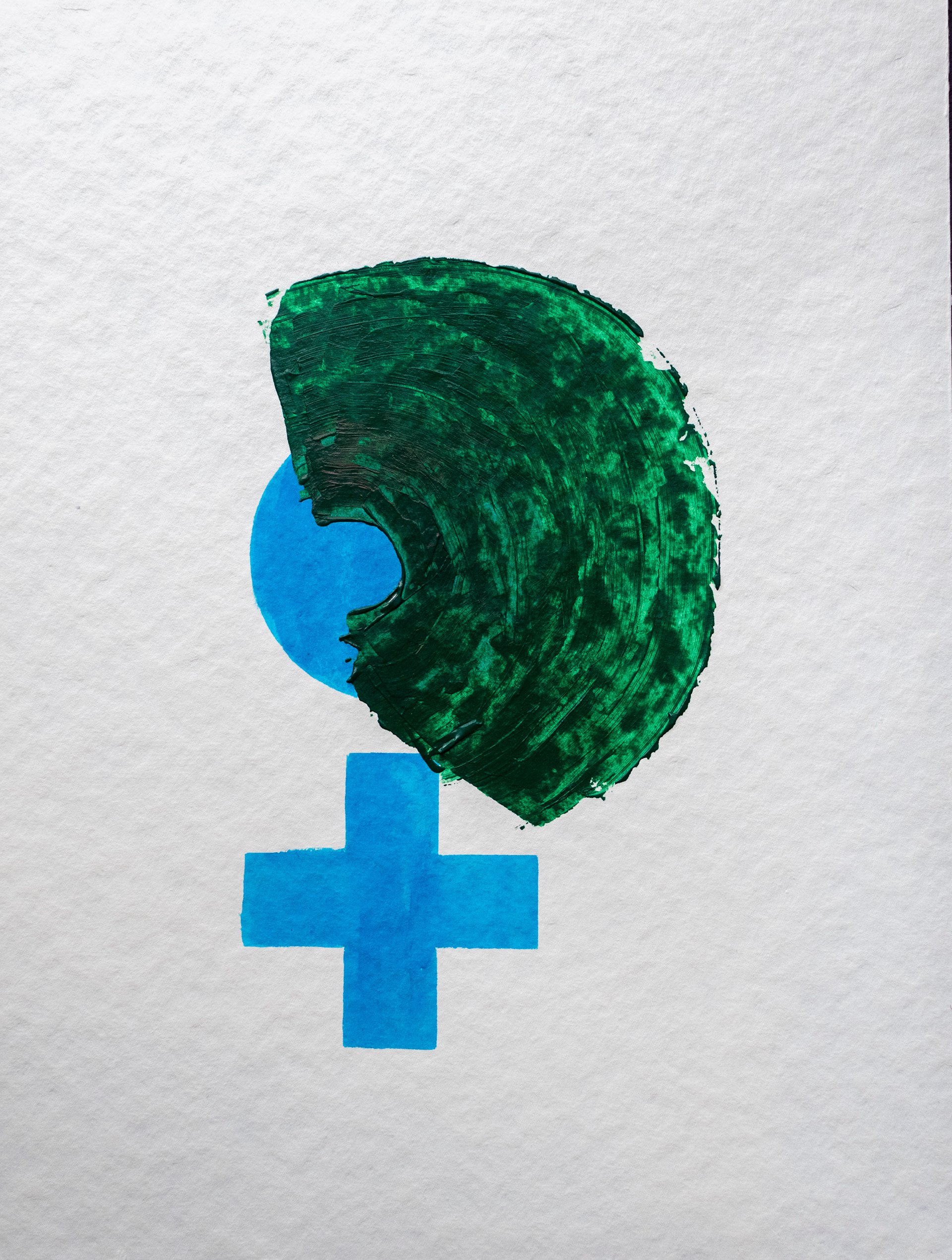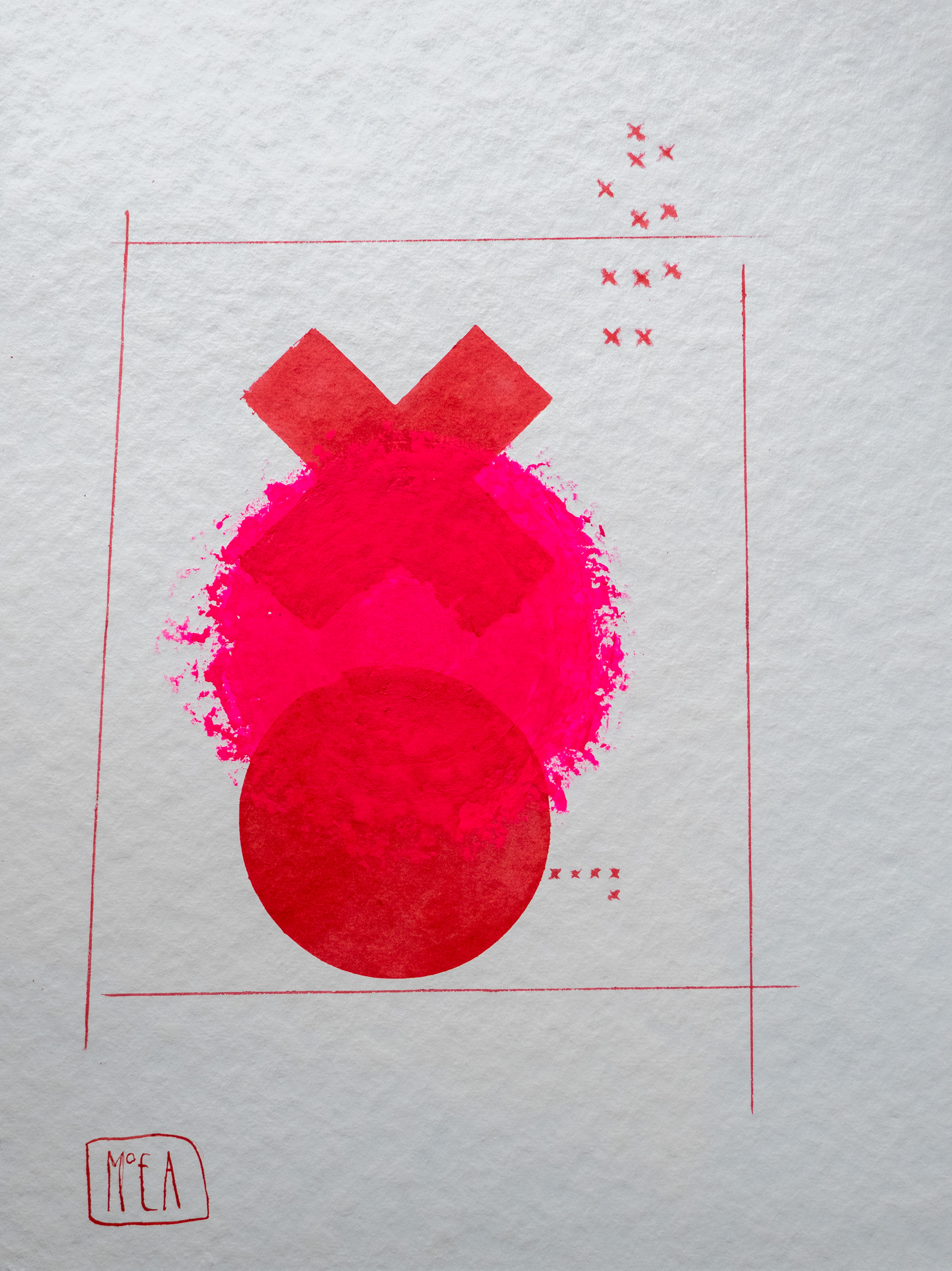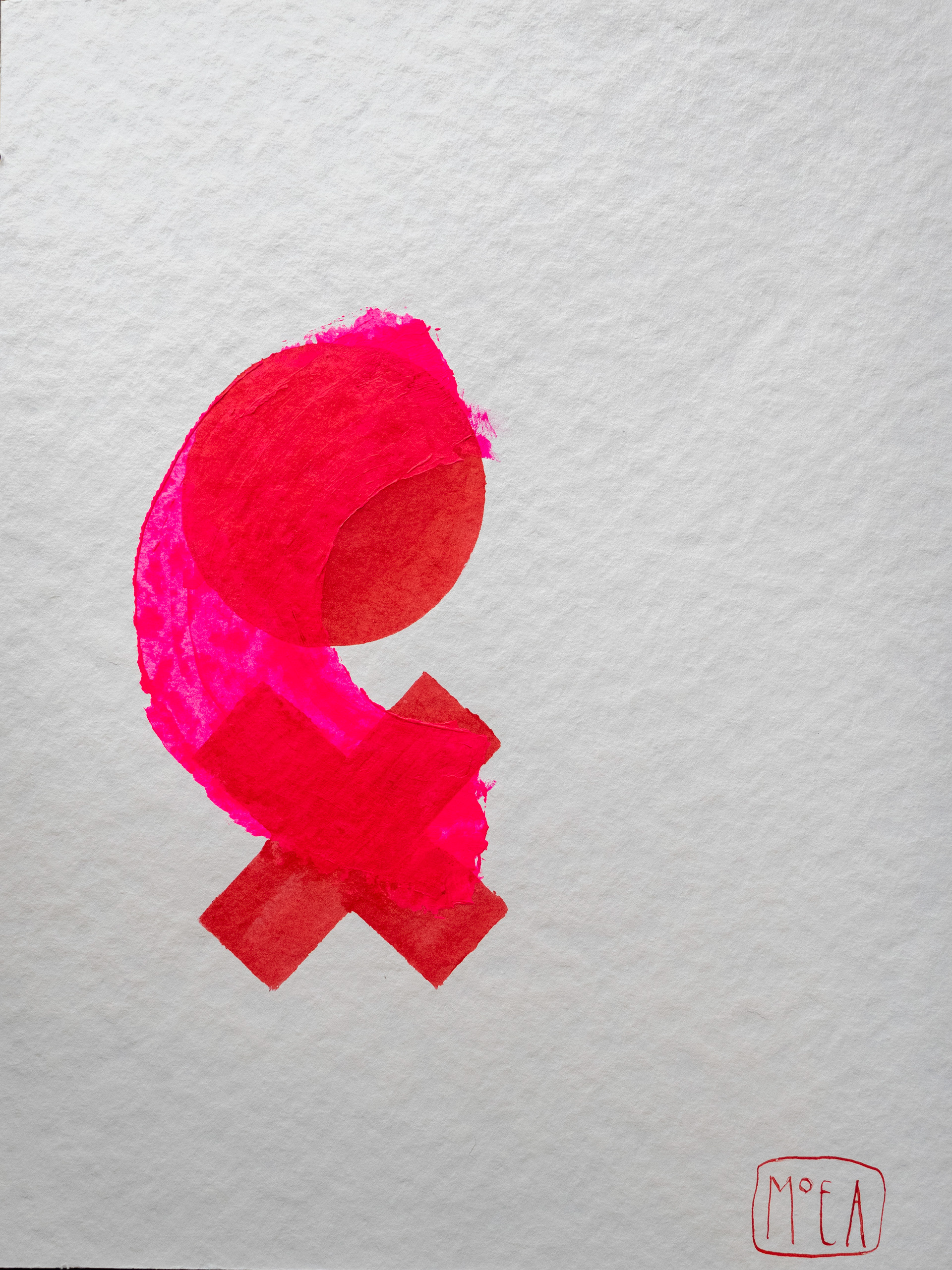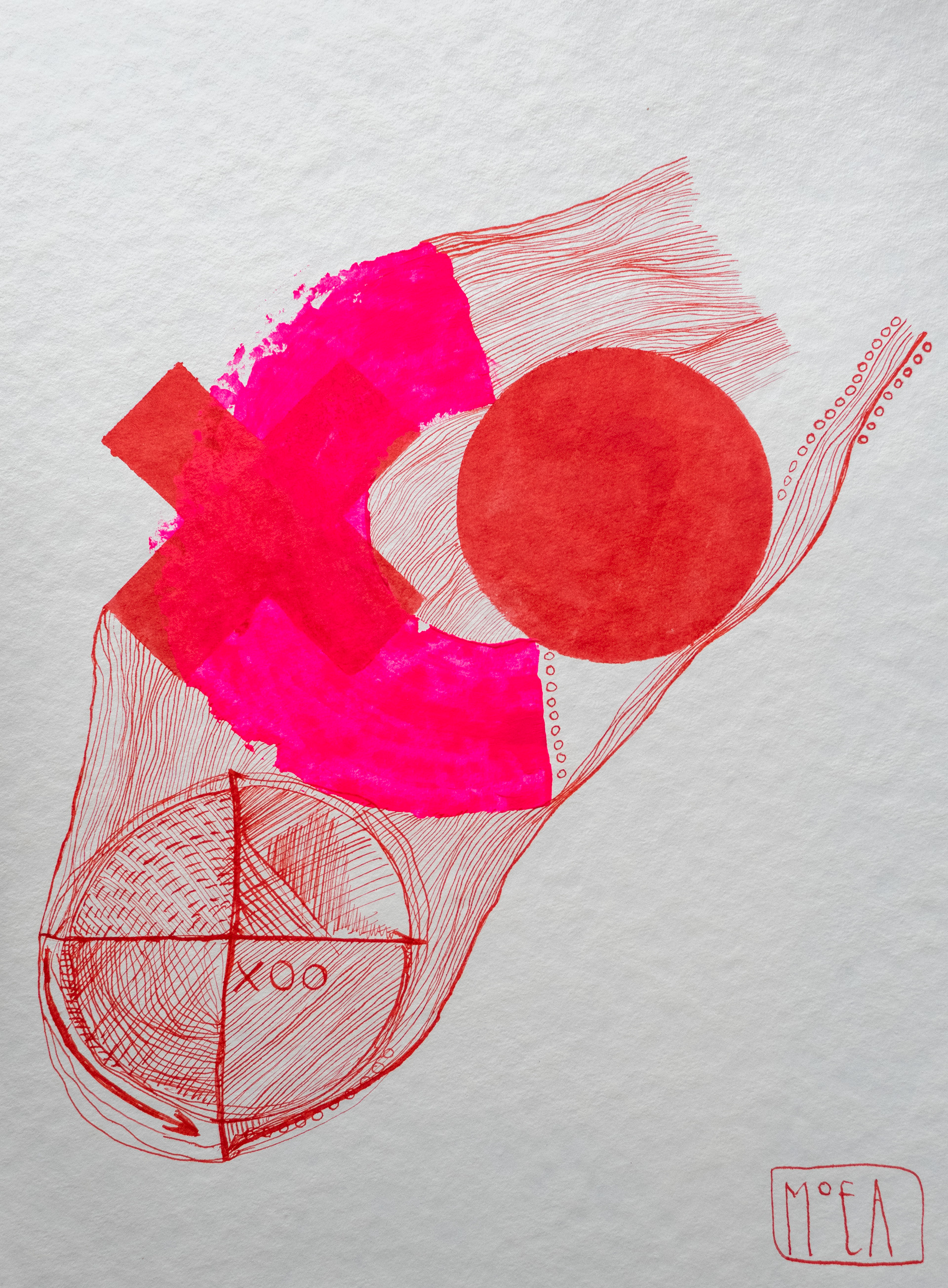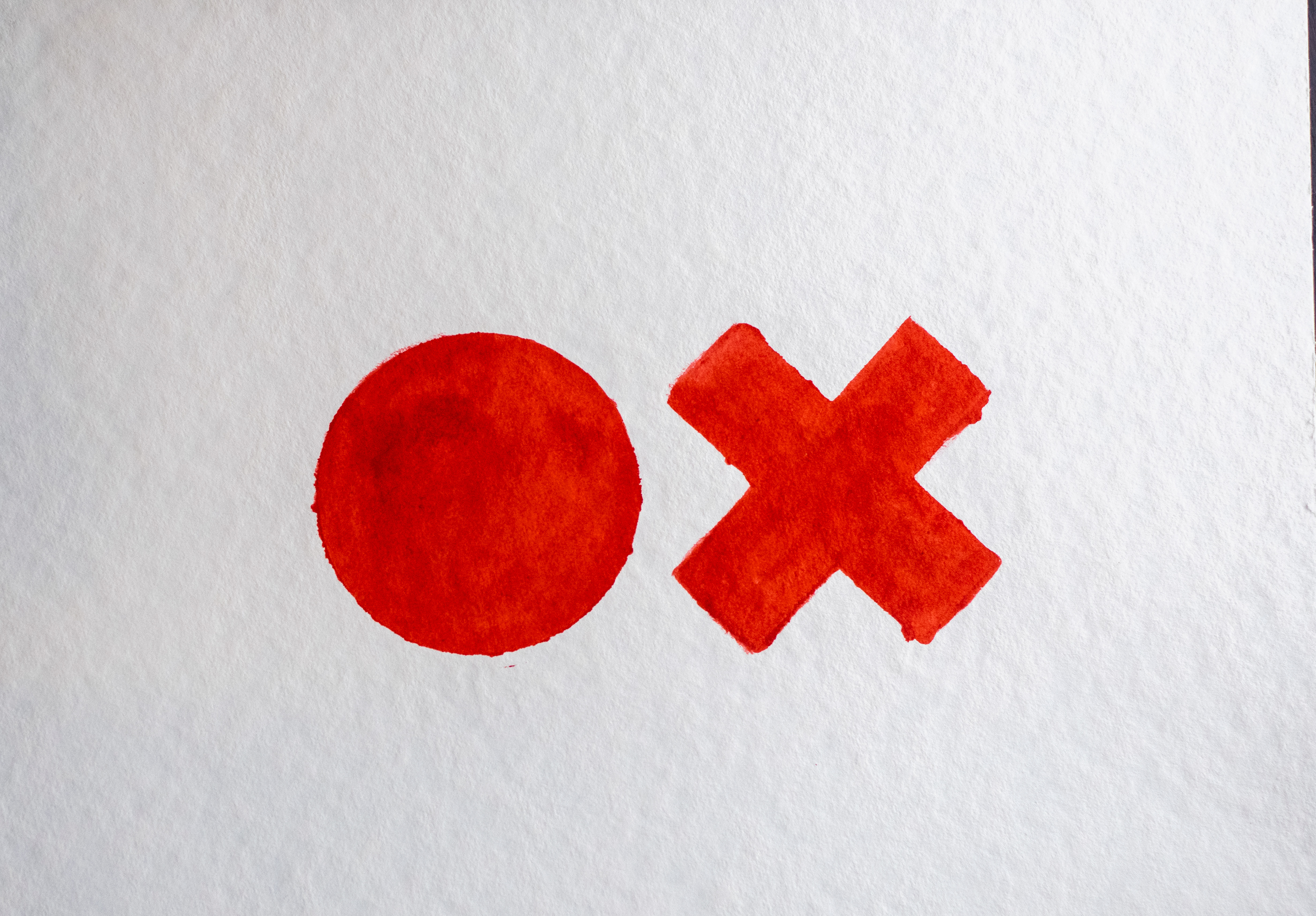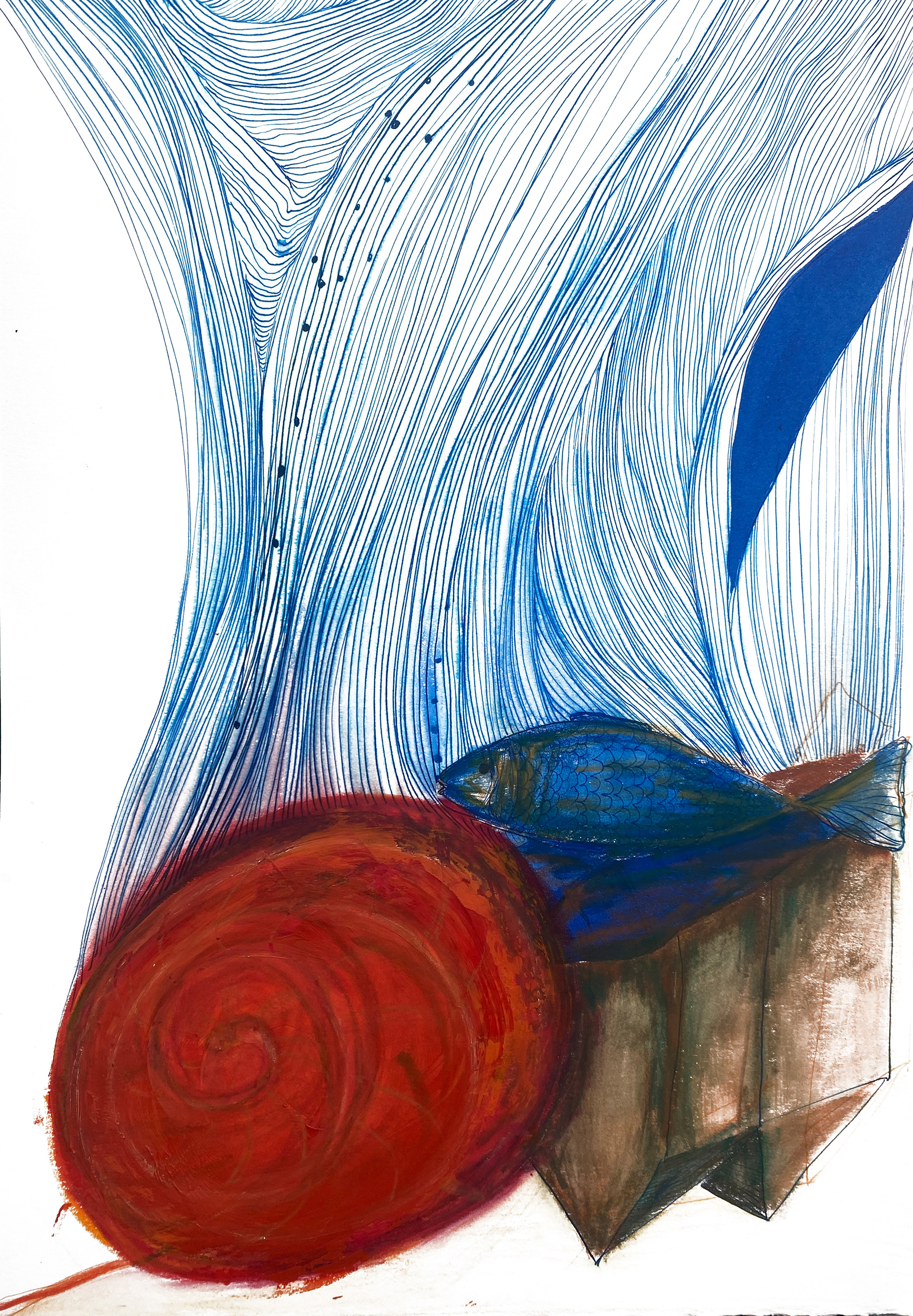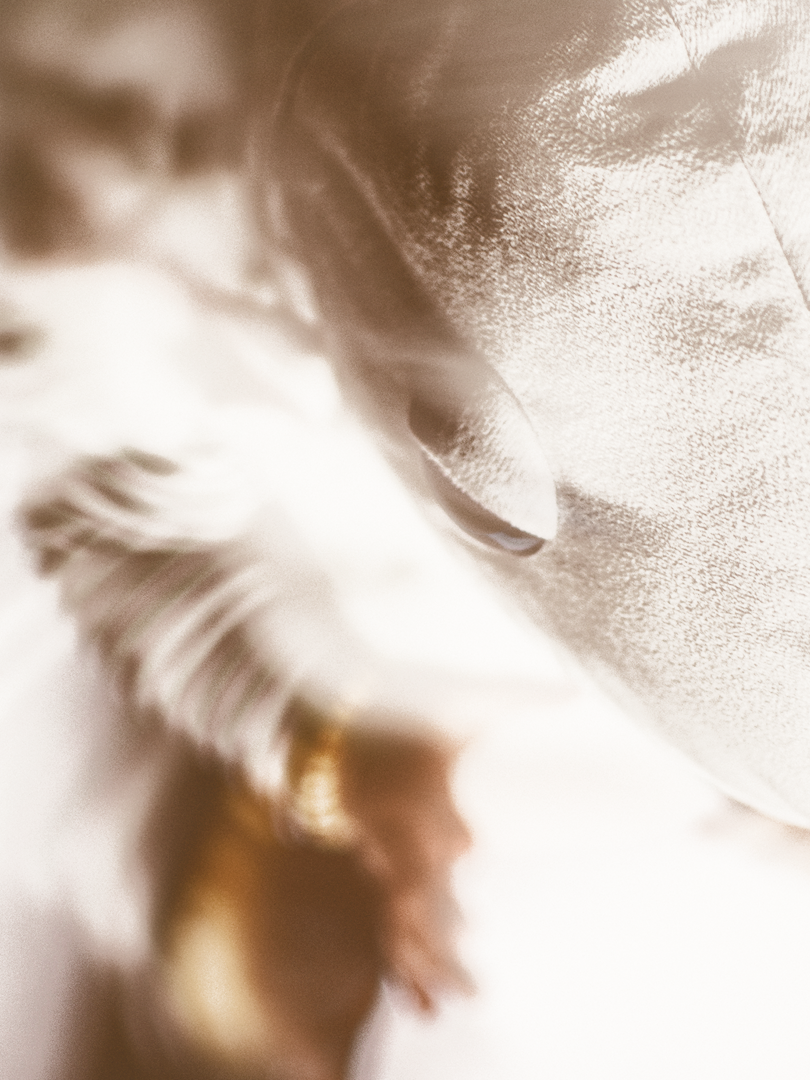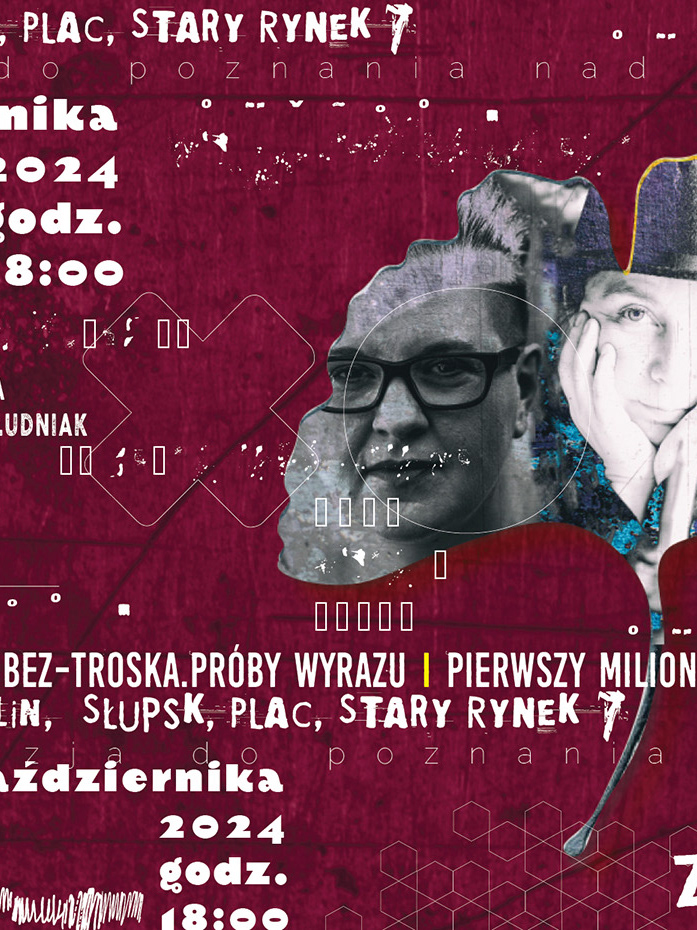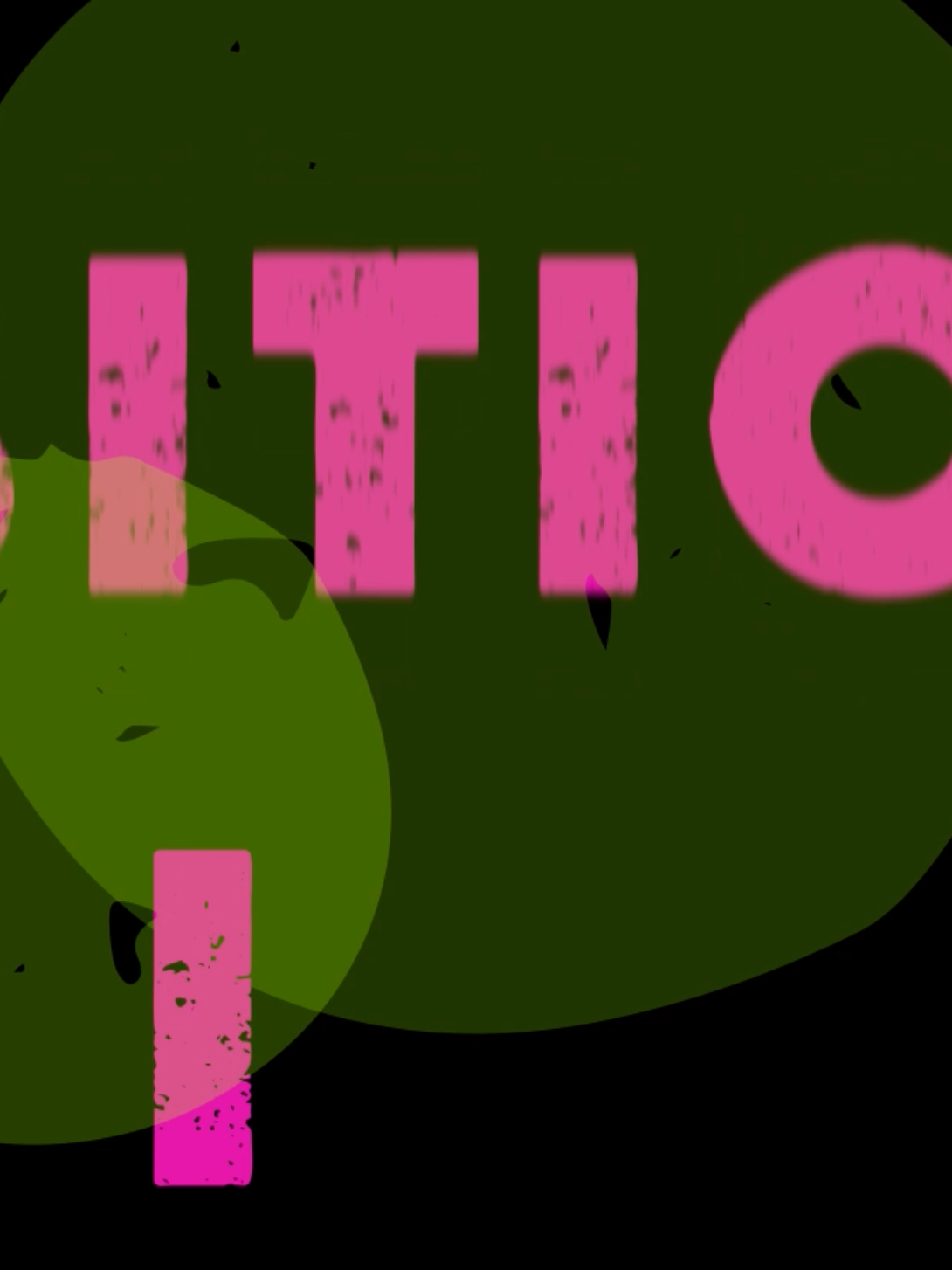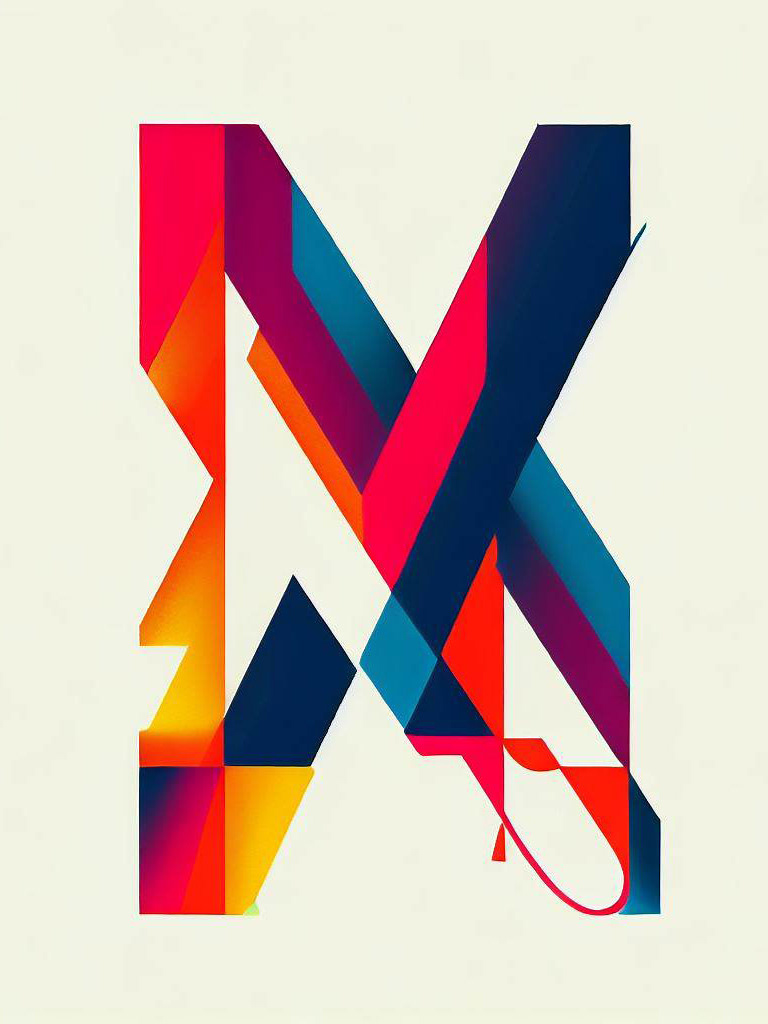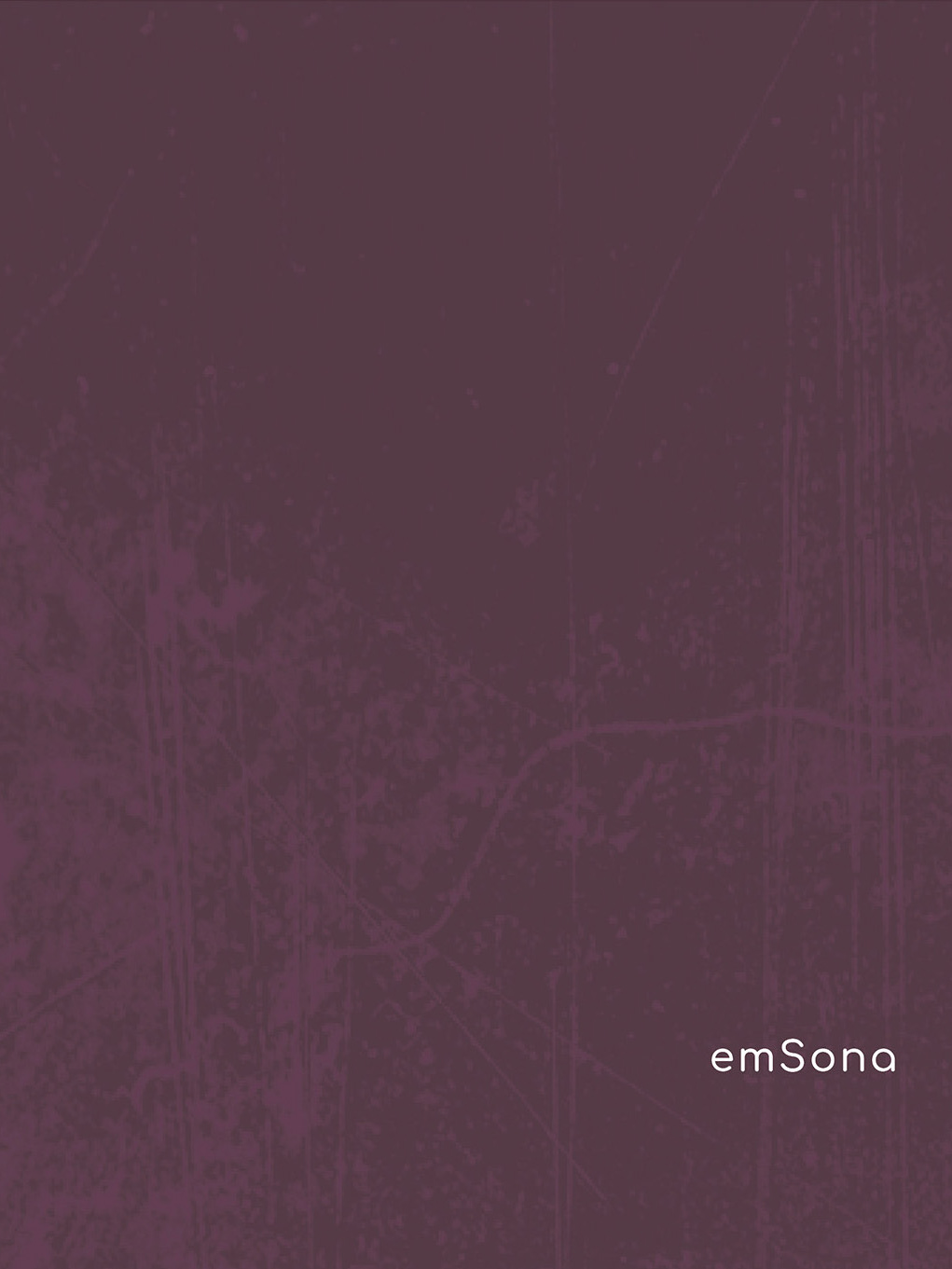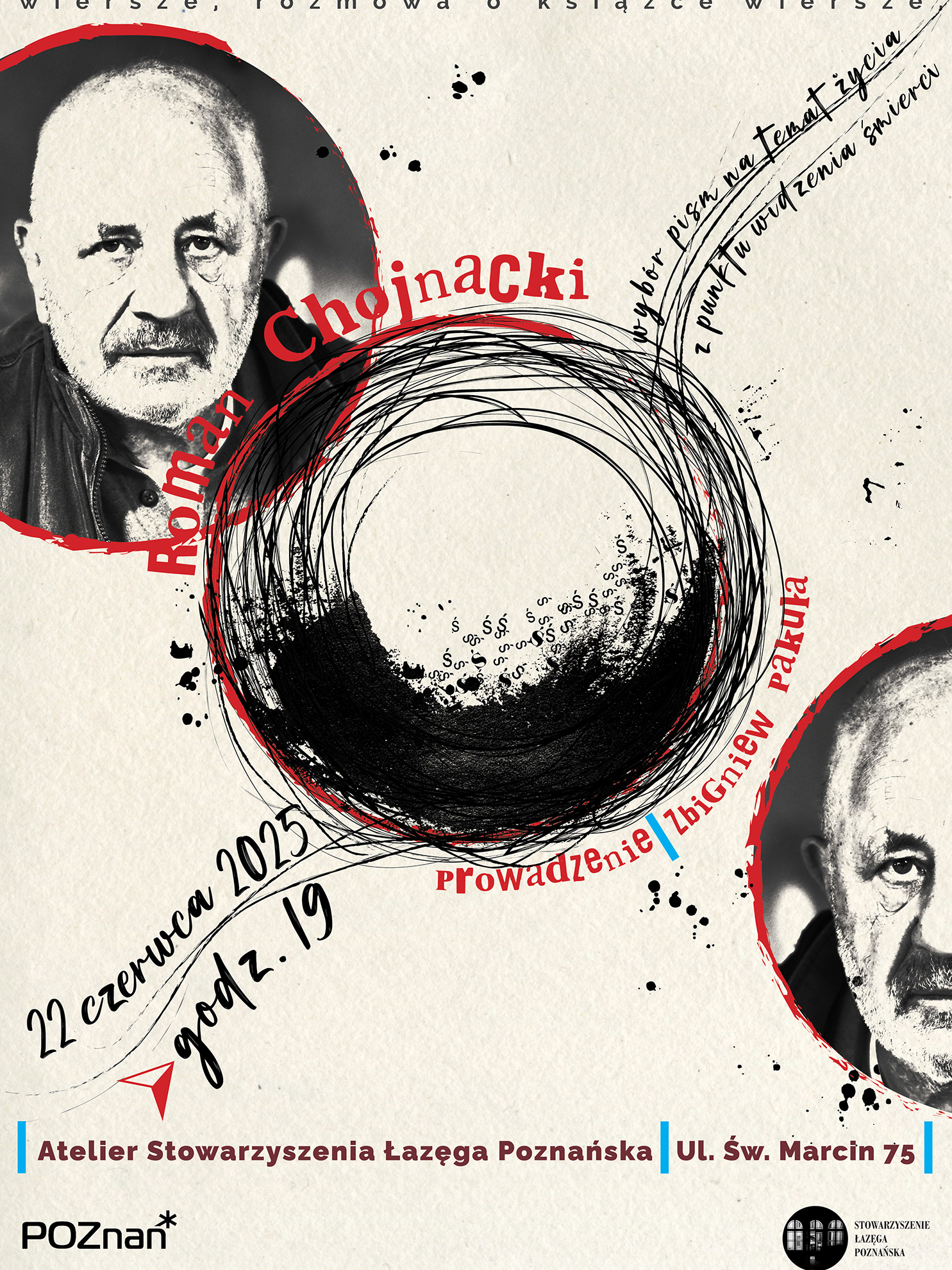The Experience Design module assessment each Student has recommended a brief set our by RSA titled Transformation Station.
User experience (UX) design is the process design teams use to create products that provide meaningful
and relevant experiences to users. This involves the design of theentire process of acquiring and integrating the product, including aspects of branding, design, usability and function.”
and relevant experiences to users. This involves the design of theentire process of acquiring and integrating the product, including aspects of branding, design, usability and function.”
Our notion of “experience” acknowledges this. We understand the practice embedded in an experience
as the first important arena of design, because it provides the activity in context to fulfil a particular need. This in turn provides positive affect and meaning – two important ingredients of happiness.
as the first important arena of design, because it provides the activity in context to fulfil a particular need. This in turn provides positive affect and meaning – two important ingredients of happiness.
Design as understood in a broad sense, is a kind of ability to combine theory semantics and it helps
to organize phenomena affecting our imagination and social space. It combines history with
the theory of contemporary visual culture and allows the interpretation of design experiences
in the creative industry.
to organize phenomena affecting our imagination and social space. It combines history with
the theory of contemporary visual culture and allows the interpretation of design experiences
in the creative industry.
Designing as a process of experience is (UX – user experience / CX – customer experience) an excellent combination. In the case of this brief, we have a chance to influence well-being, the way we function,
and above all, the awareness of how to feel and look at in station space. As designers, we can sensitize
the recipient to aesthetic stimuli and have an impact on the way in which they perceive the environment choosing public transport.
and above all, the awareness of how to feel and look at in station space. As designers, we can sensitize
the recipient to aesthetic stimuli and have an impact on the way in which they perceive the environment choosing public transport.
Transformation station
After a period of decline in the importance of railways, we are witnessing a progressive transformationacross Europe. With demographic changes, developing technologies and the search for pro-ecological solutions, the potential of rail transport has greatly increased.
This brief asks each student to “rethink the role that transport hubs play beyond providing transit services by suggesting new uses for these spaces. In response to the brief my design solution will take an unutilized space on the exterior wall of Athlone Train station, adjacent to the Bus Station to create a Graphic Design Art Instillation. This connection will be fostered by using Art.
The work will encourage debate and conversation on how the train station meets the needs and wellbeing
of the community and provides a positive experiential social space for commuters.
of the community and provides a positive experiential social space for commuters.
It will act as reminder of the identity of the inhabitants, and people from different countries, who live in Athlone. I will consider what aspects still arouse extraordinary emotions in foreigners and tourists’ factors such as trend to Celtic mythology, history,and Irish nature.
The primary methodology will involve researching the history of Athlone’s railroads, taking pictures
of the old and new stations inside and out, as well as the bus stops. It will also include altering relevant information by examining the stations location, and determining its size and distance to the city centre.
The status of the station in relation to stations in other cities will also be explored. A SWOT analysis
will be carried out and a characterisation of the station will be detailed.
In relation to the Art piece itself, an examination of the location will be carried out to determine its properties. A visualisation with the specification of typography and purpose will also be undertaken.
Finally, the development of a comprehensive design process strategy will be researched and established.
of the old and new stations inside and out, as well as the bus stops. It will also include altering relevant information by examining the stations location, and determining its size and distance to the city centre.
The status of the station in relation to stations in other cities will also be explored. A SWOT analysis
will be carried out and a characterisation of the station will be detailed.
In relation to the Art piece itself, an examination of the location will be carried out to determine its properties. A visualisation with the specification of typography and purpose will also be undertaken.
Finally, the development of a comprehensive design process strategy will be researched and established.
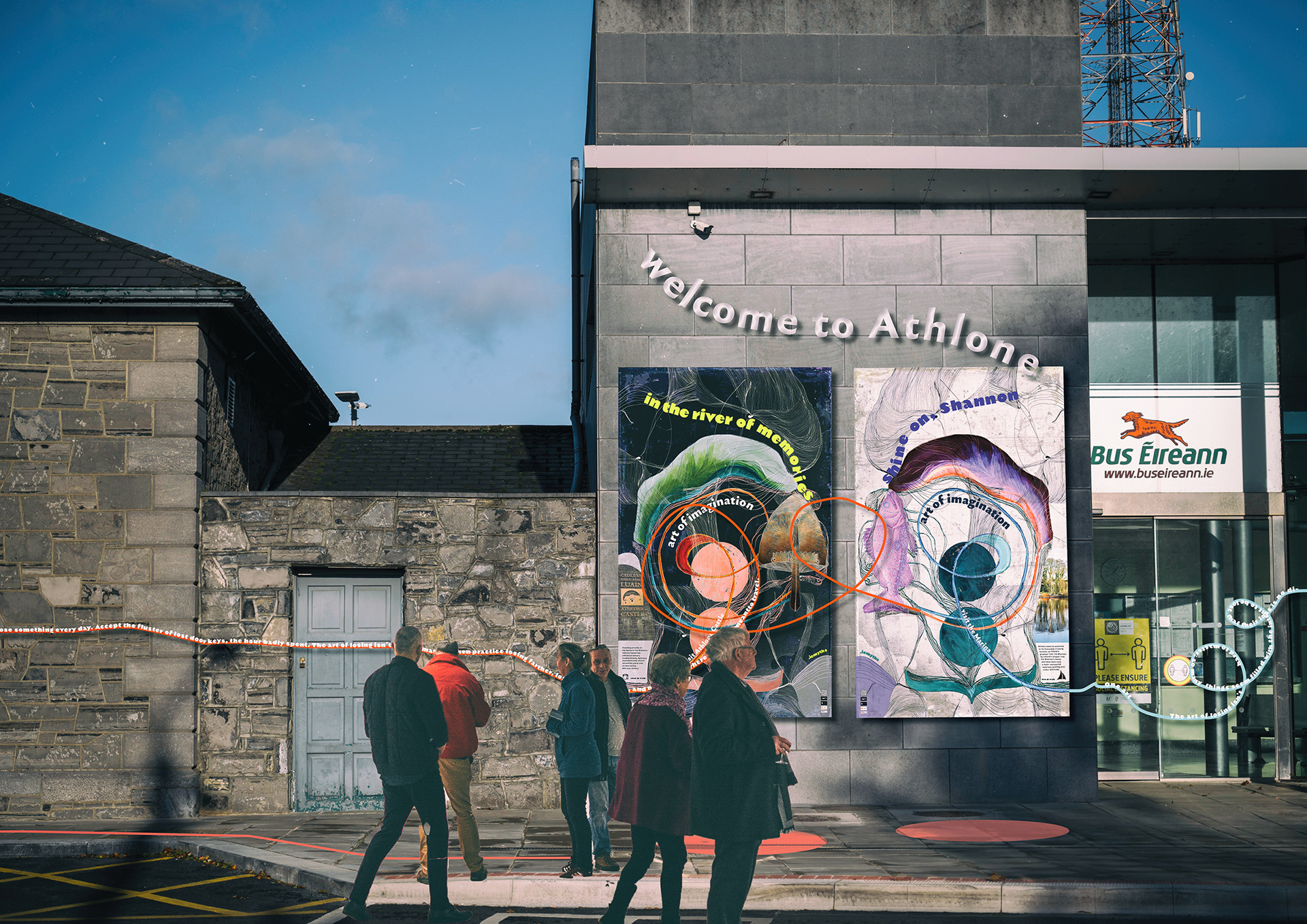
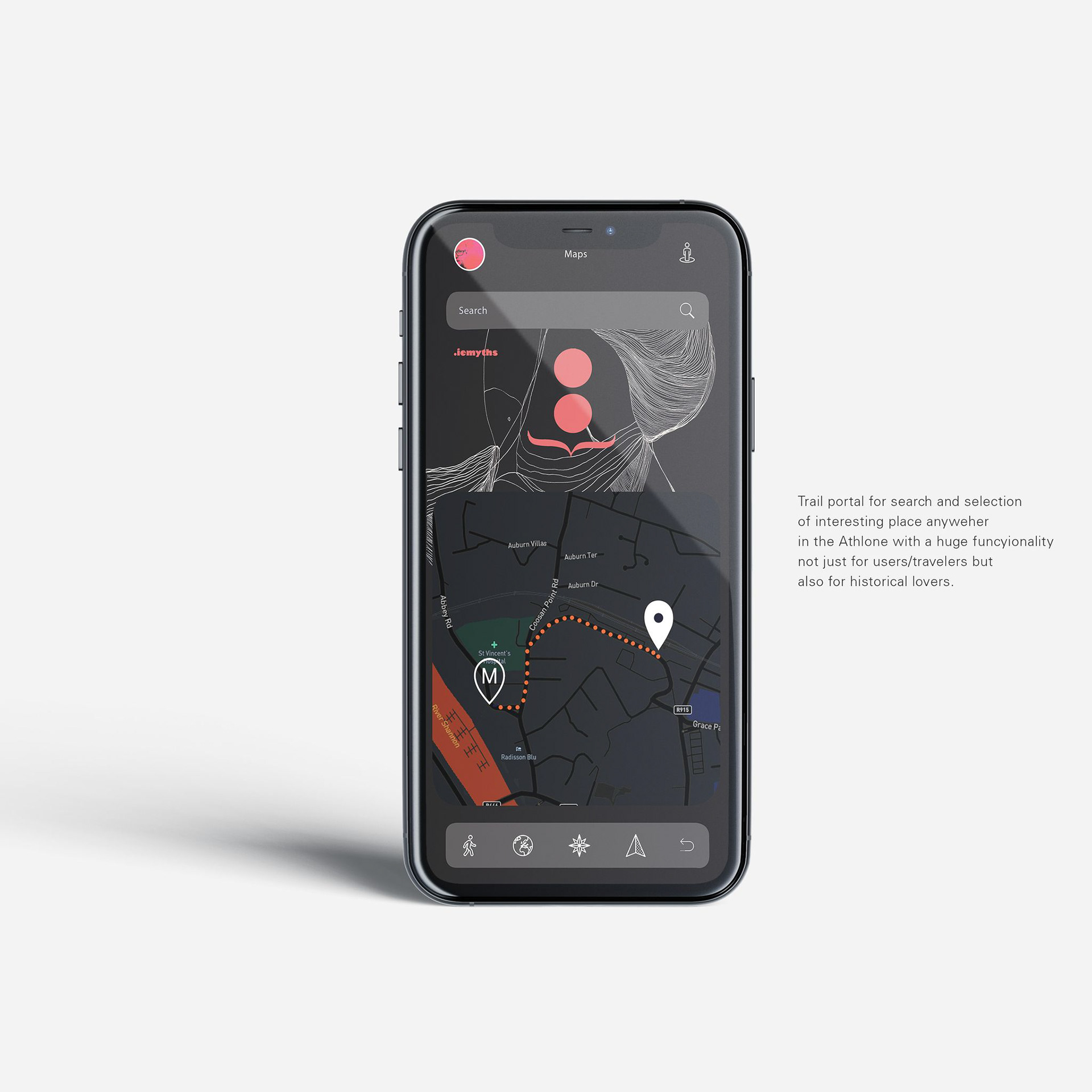


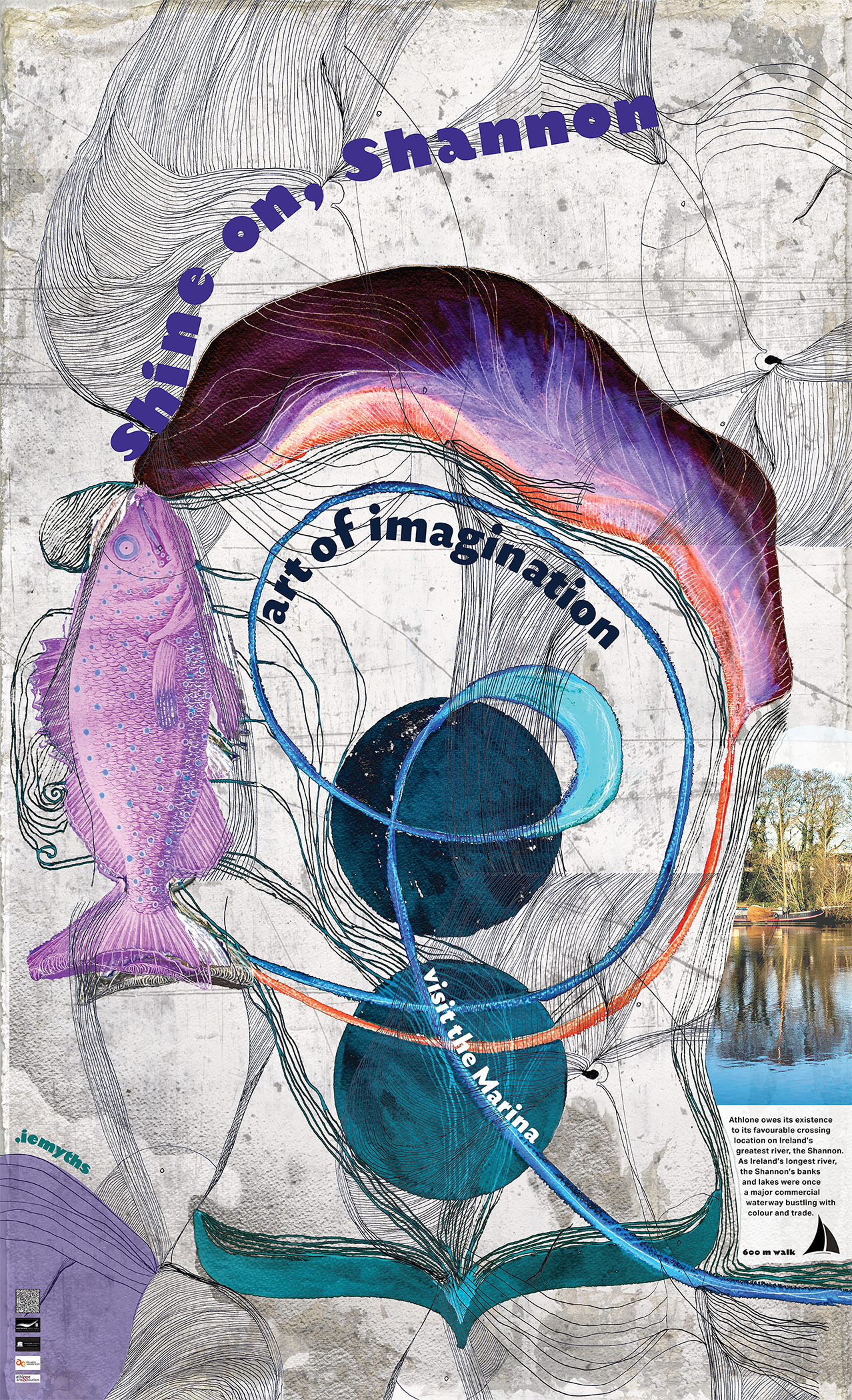
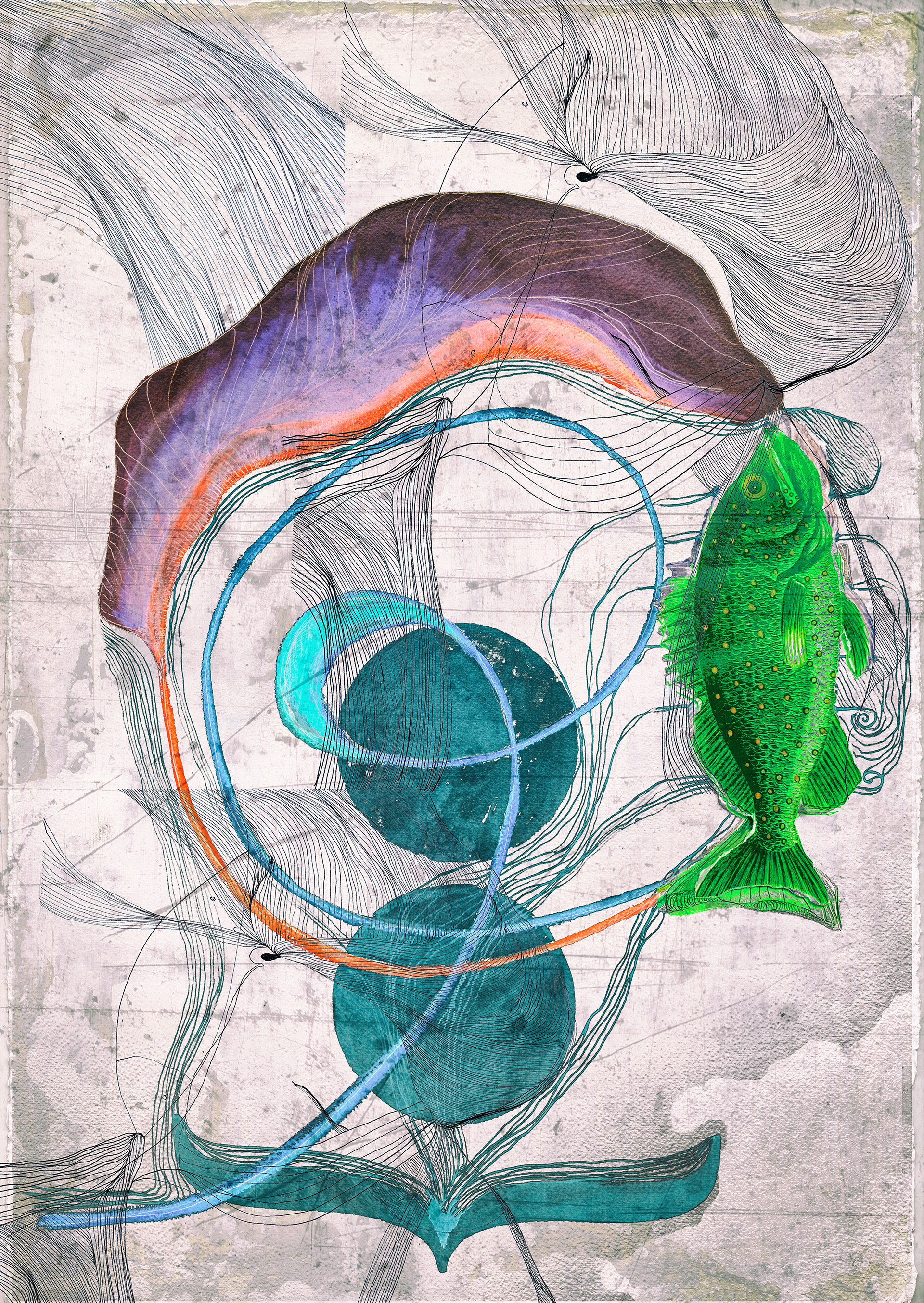
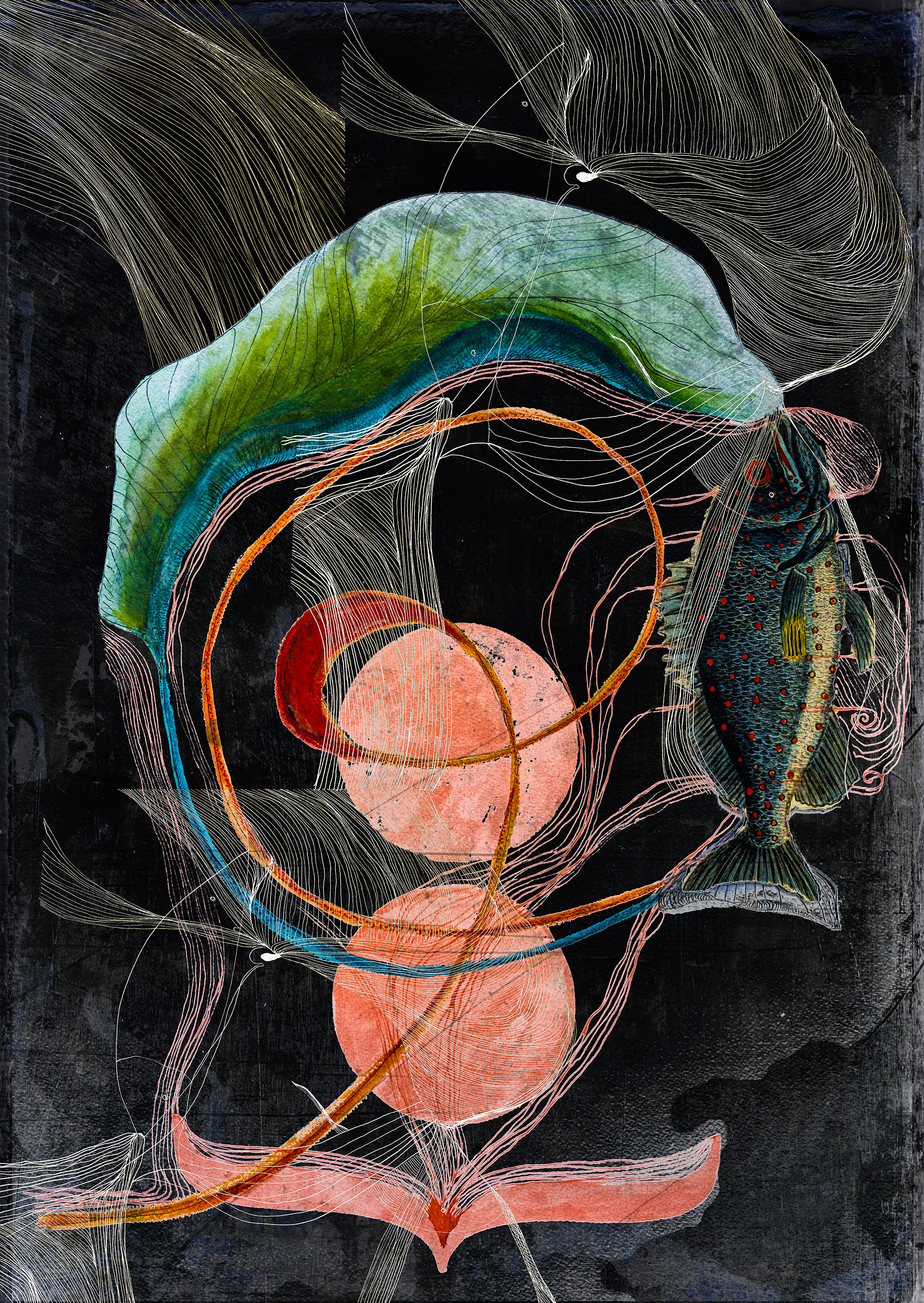
design thinking process
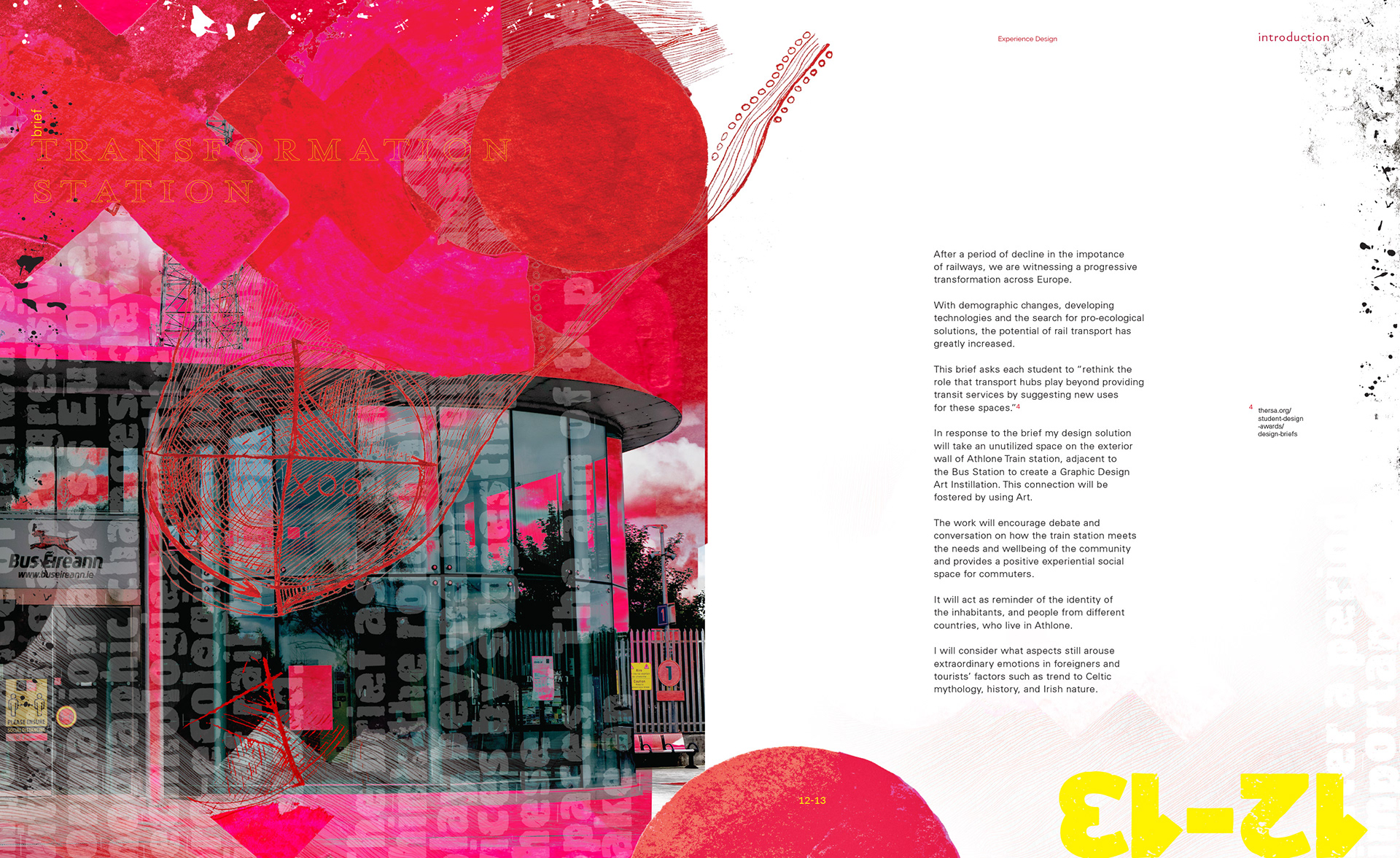
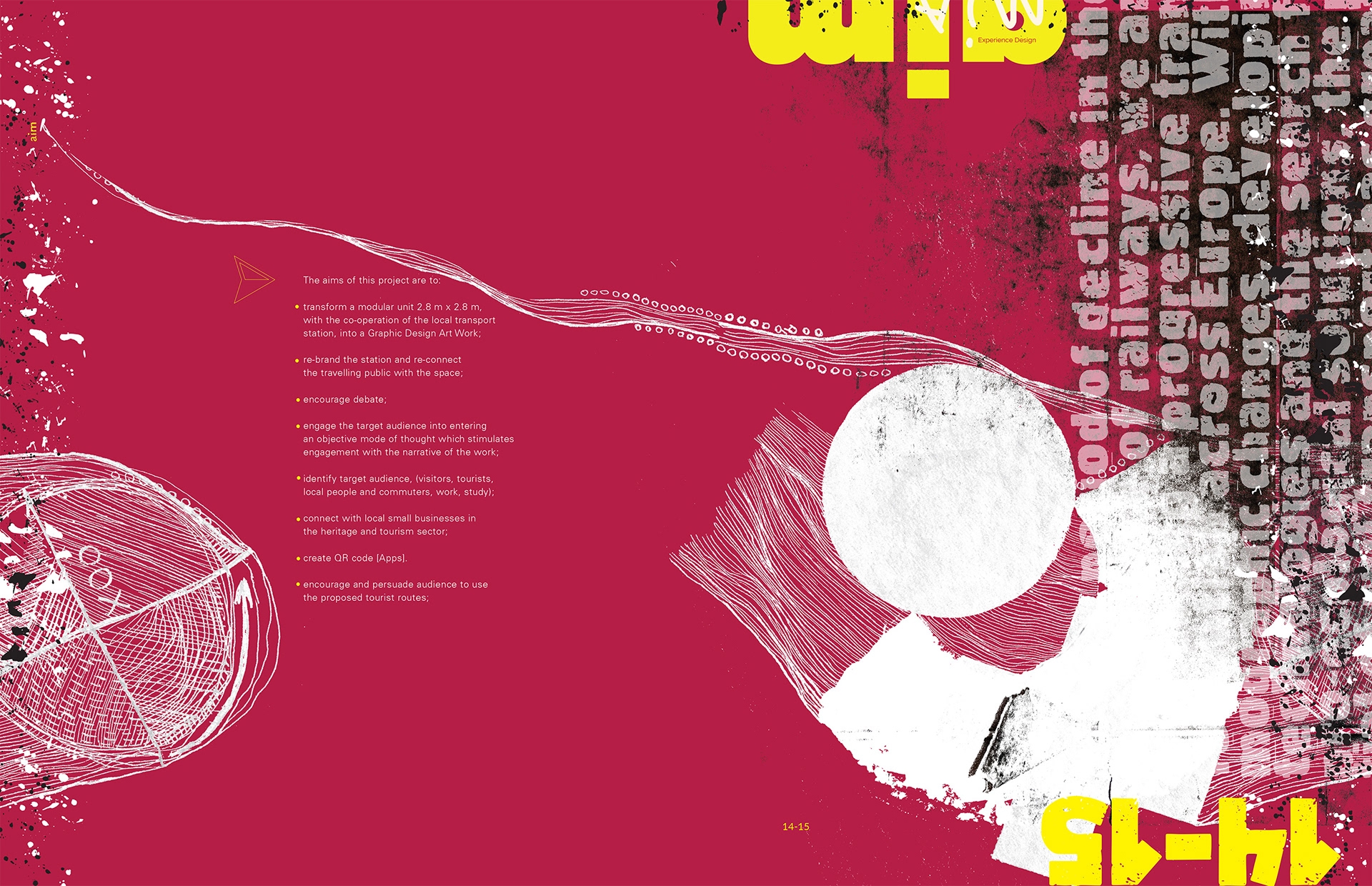
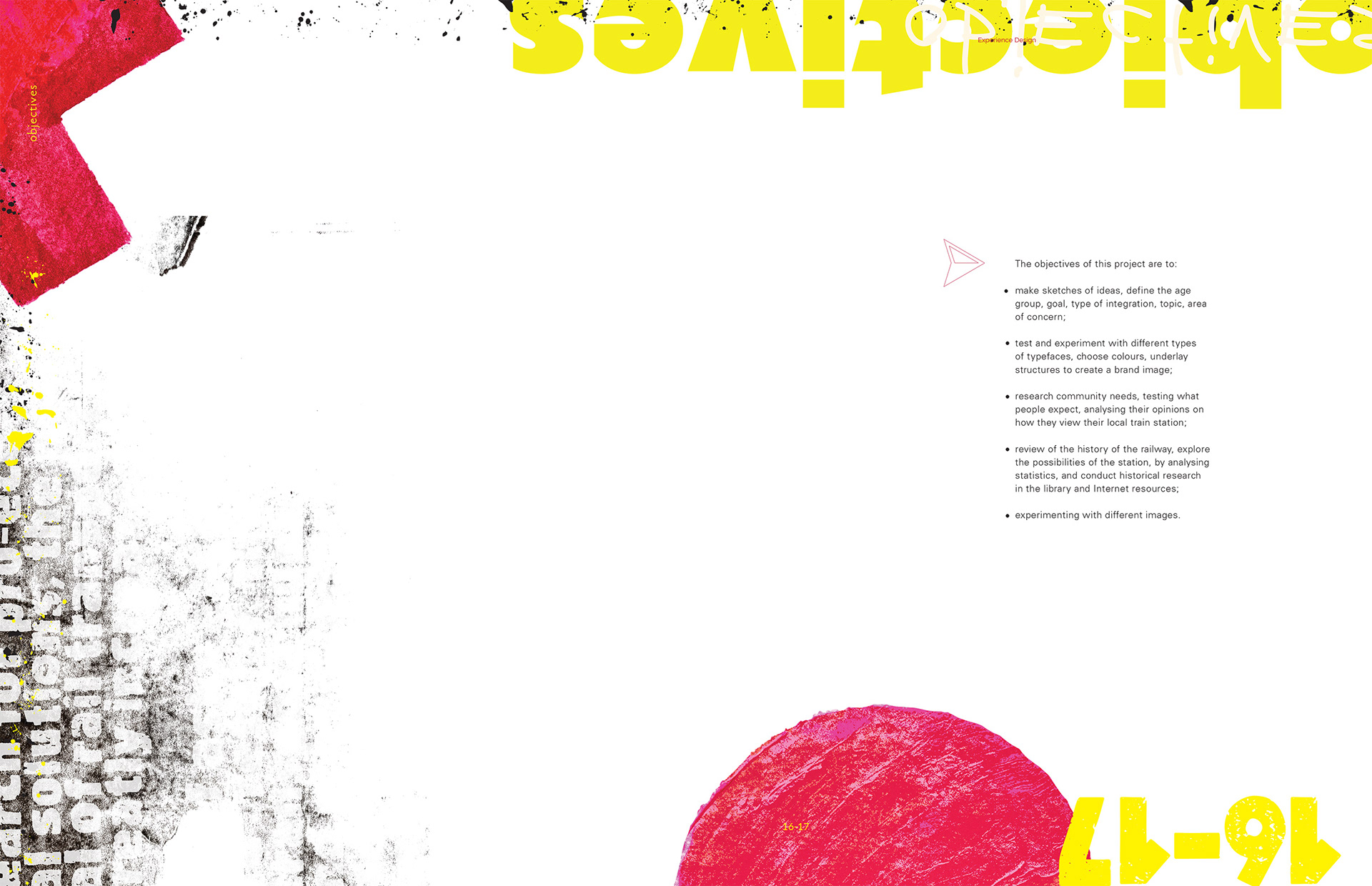
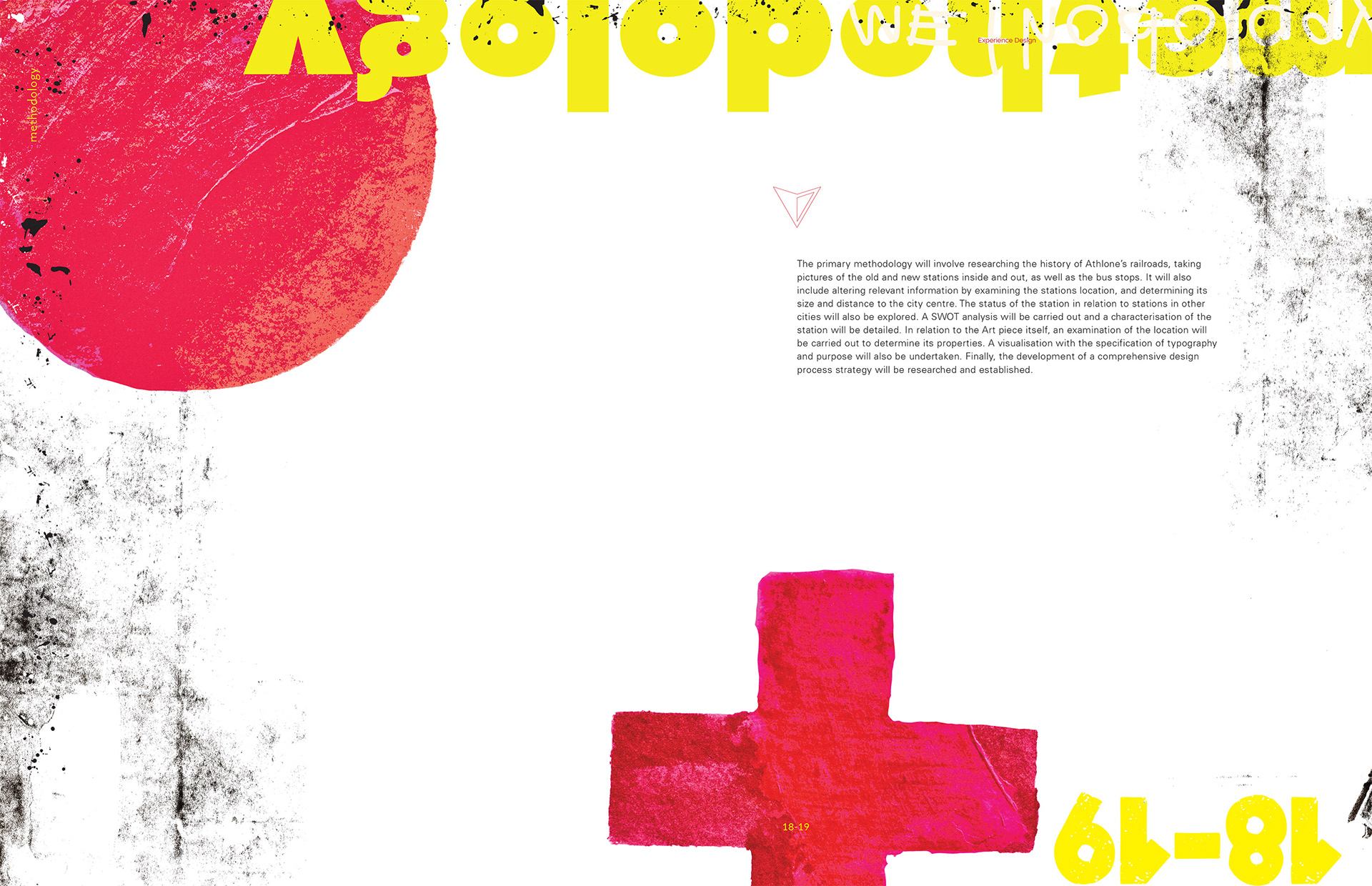
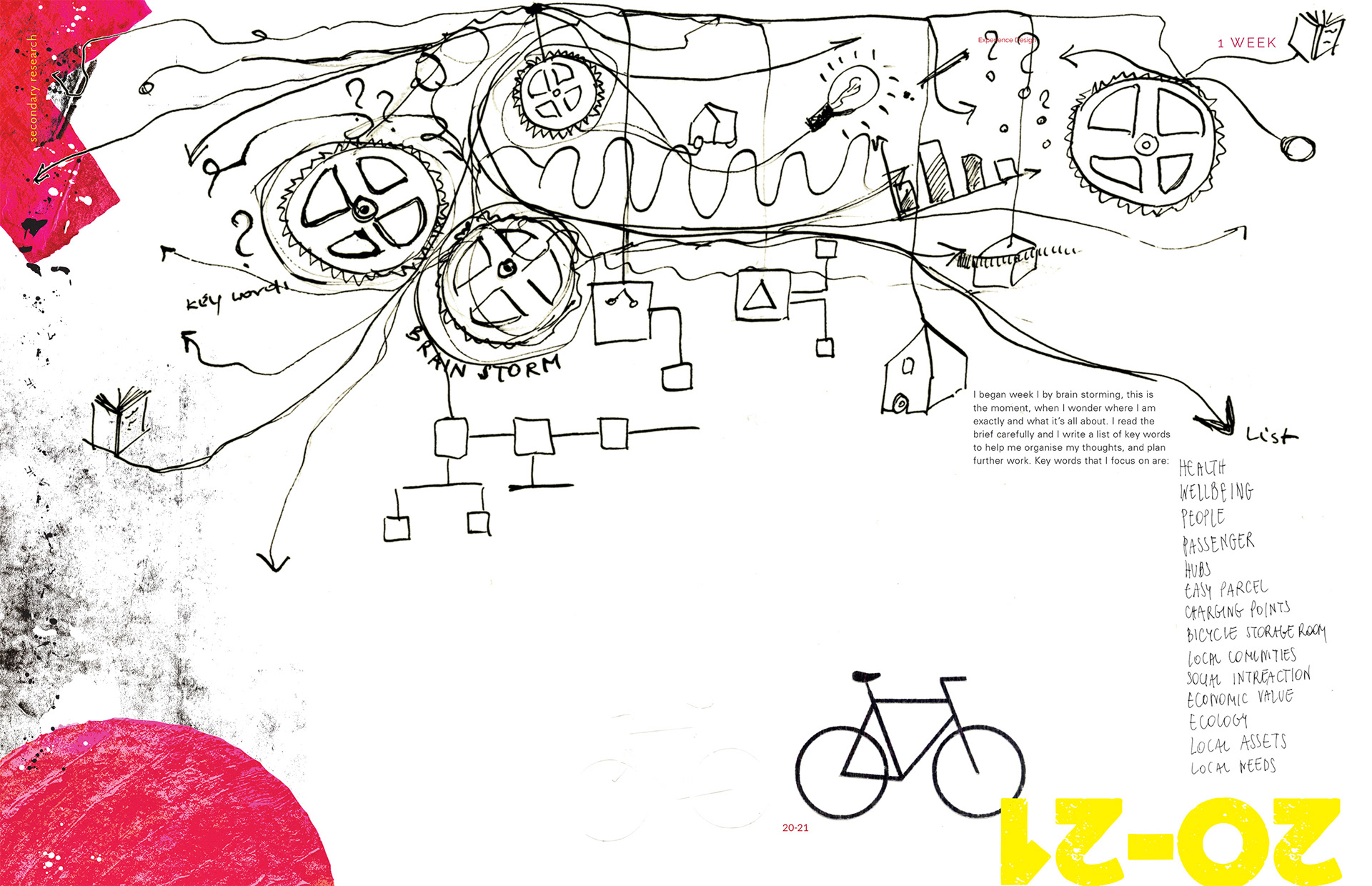
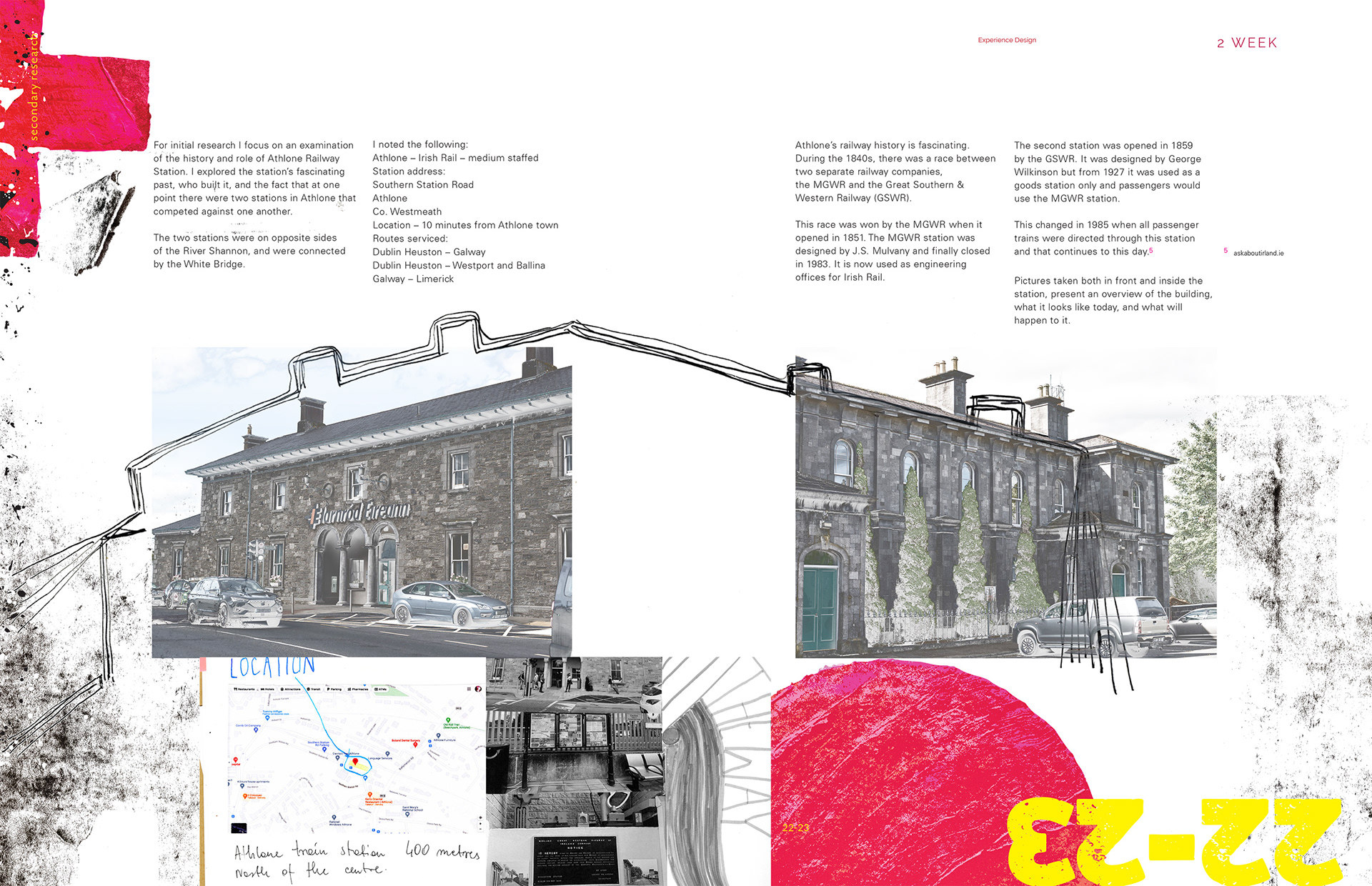
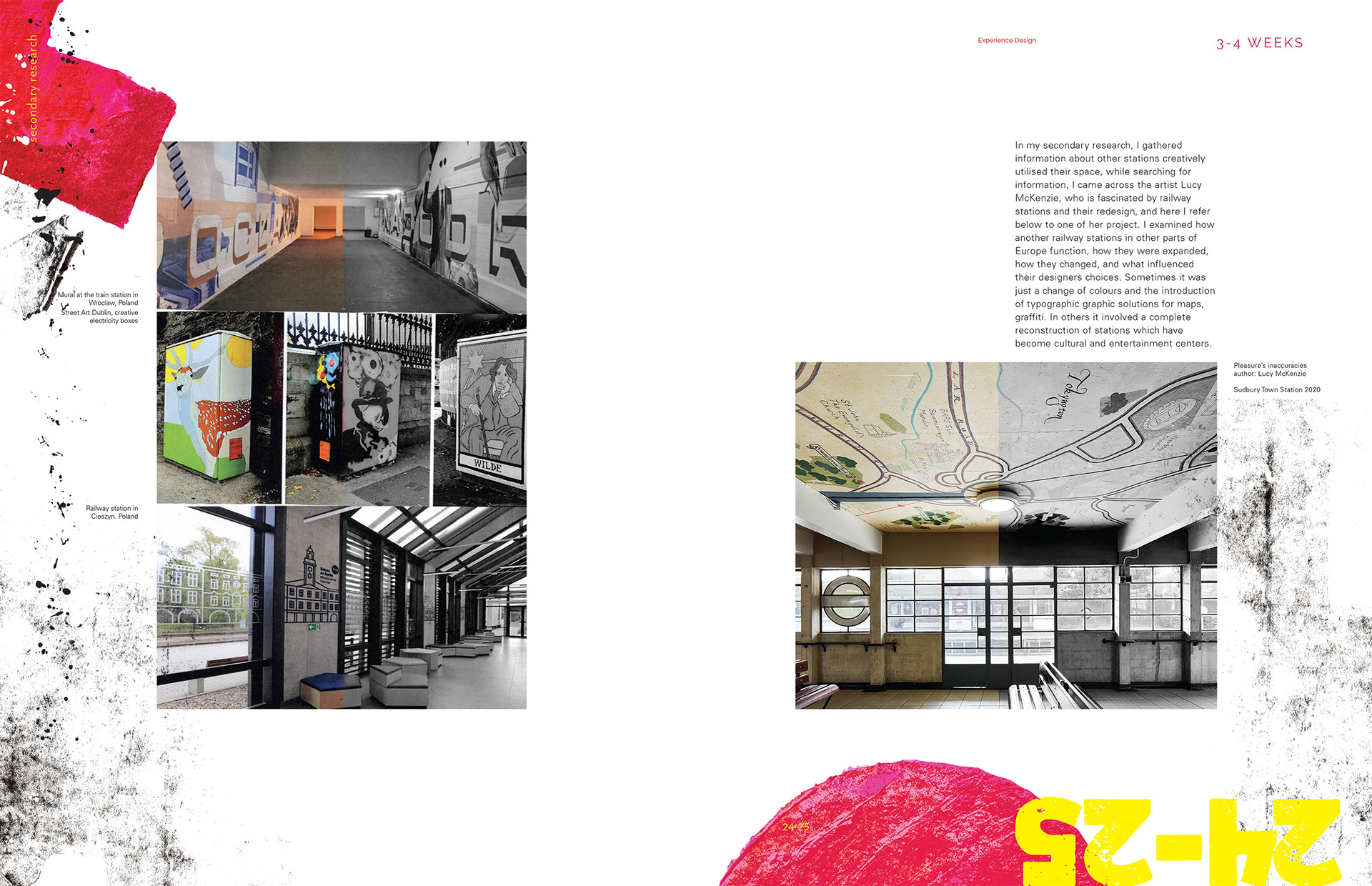
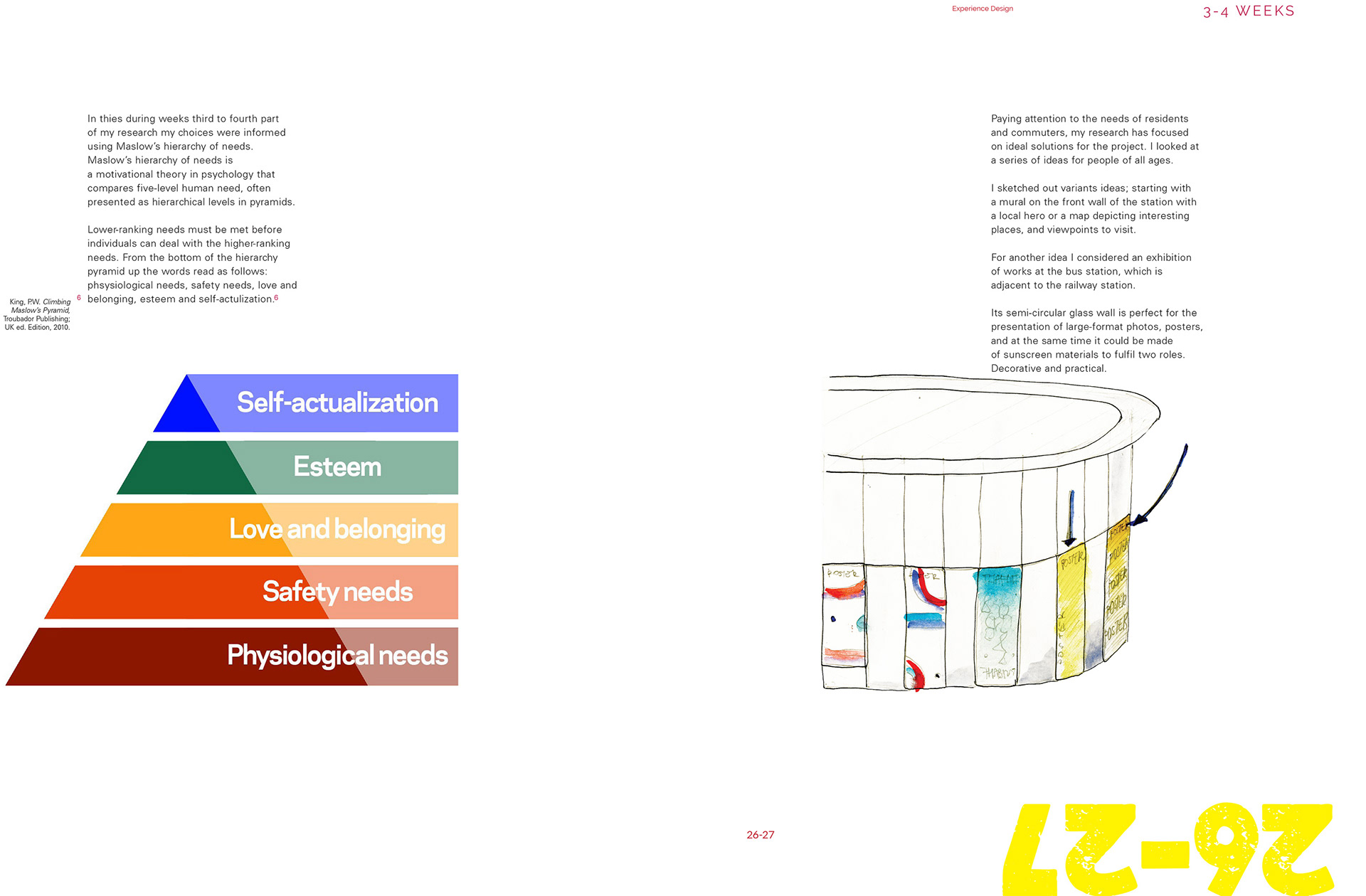

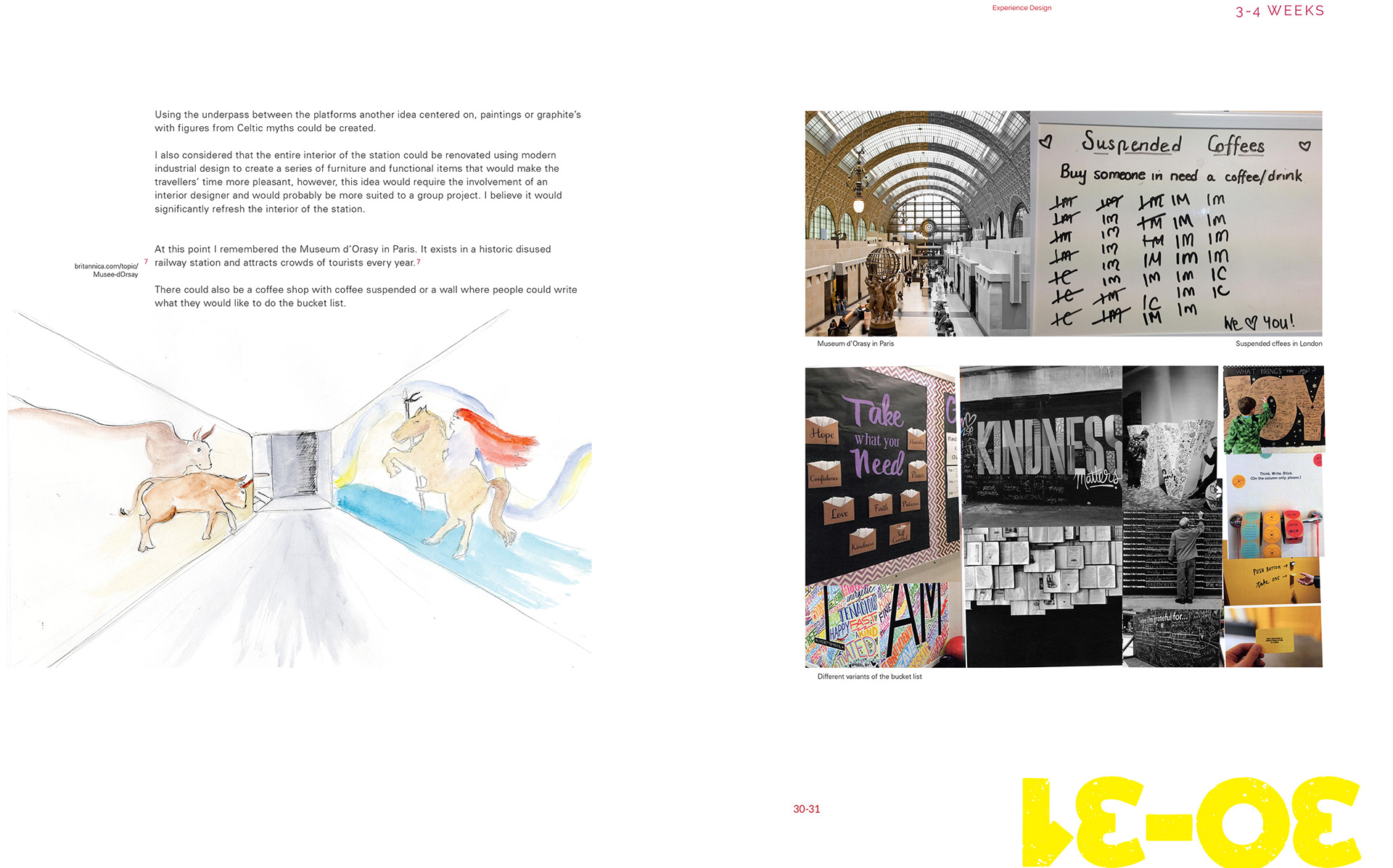
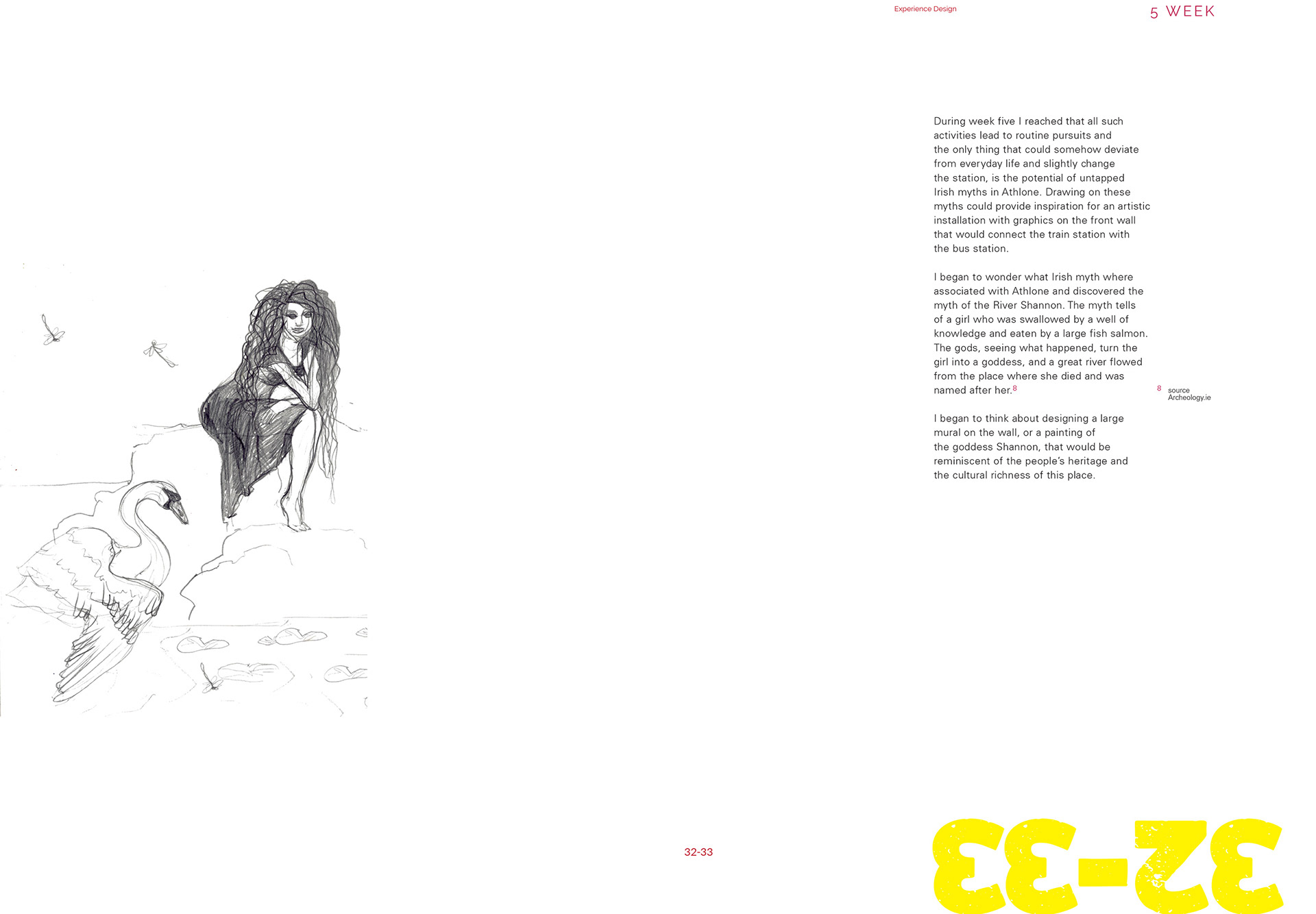
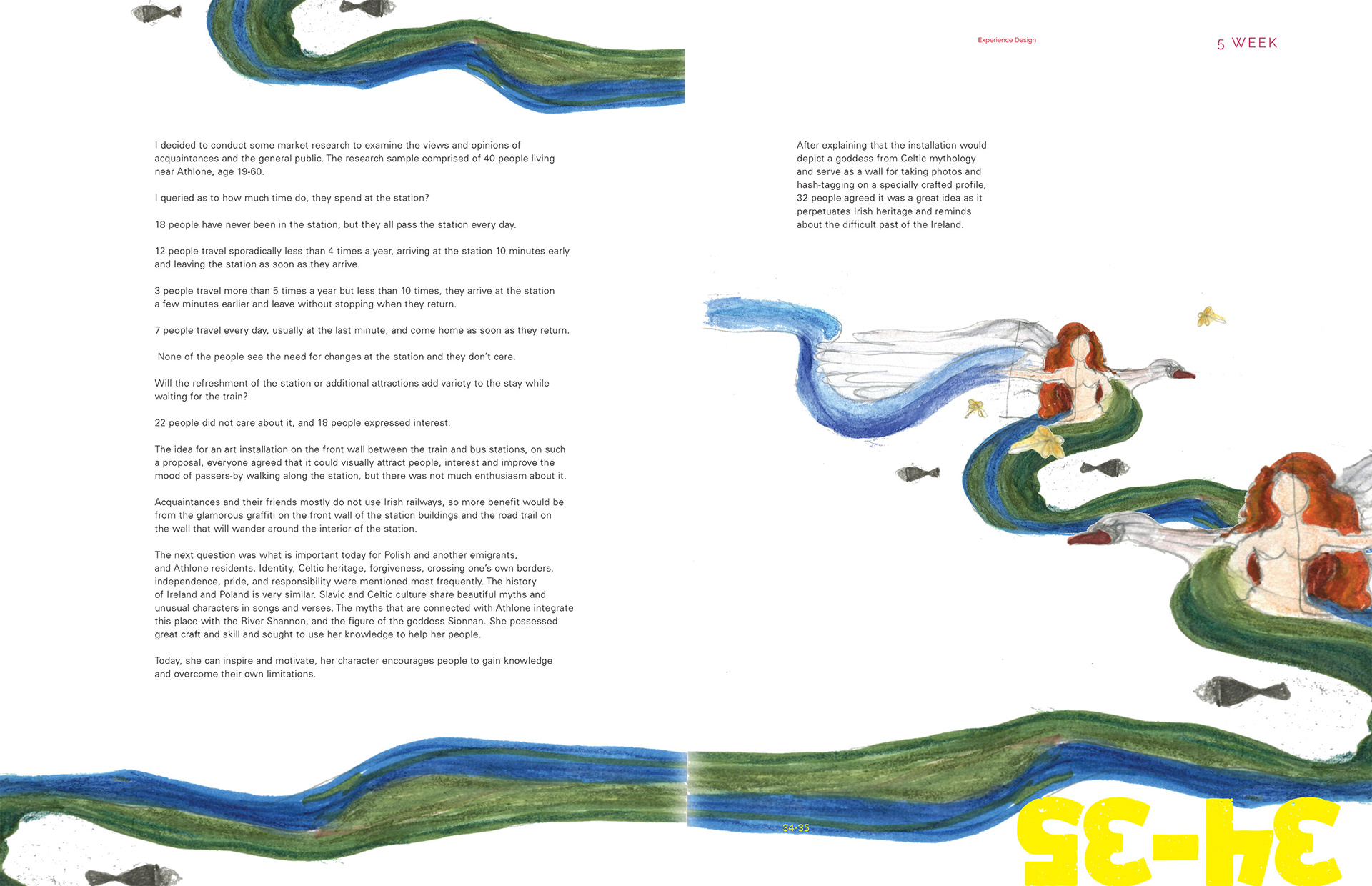
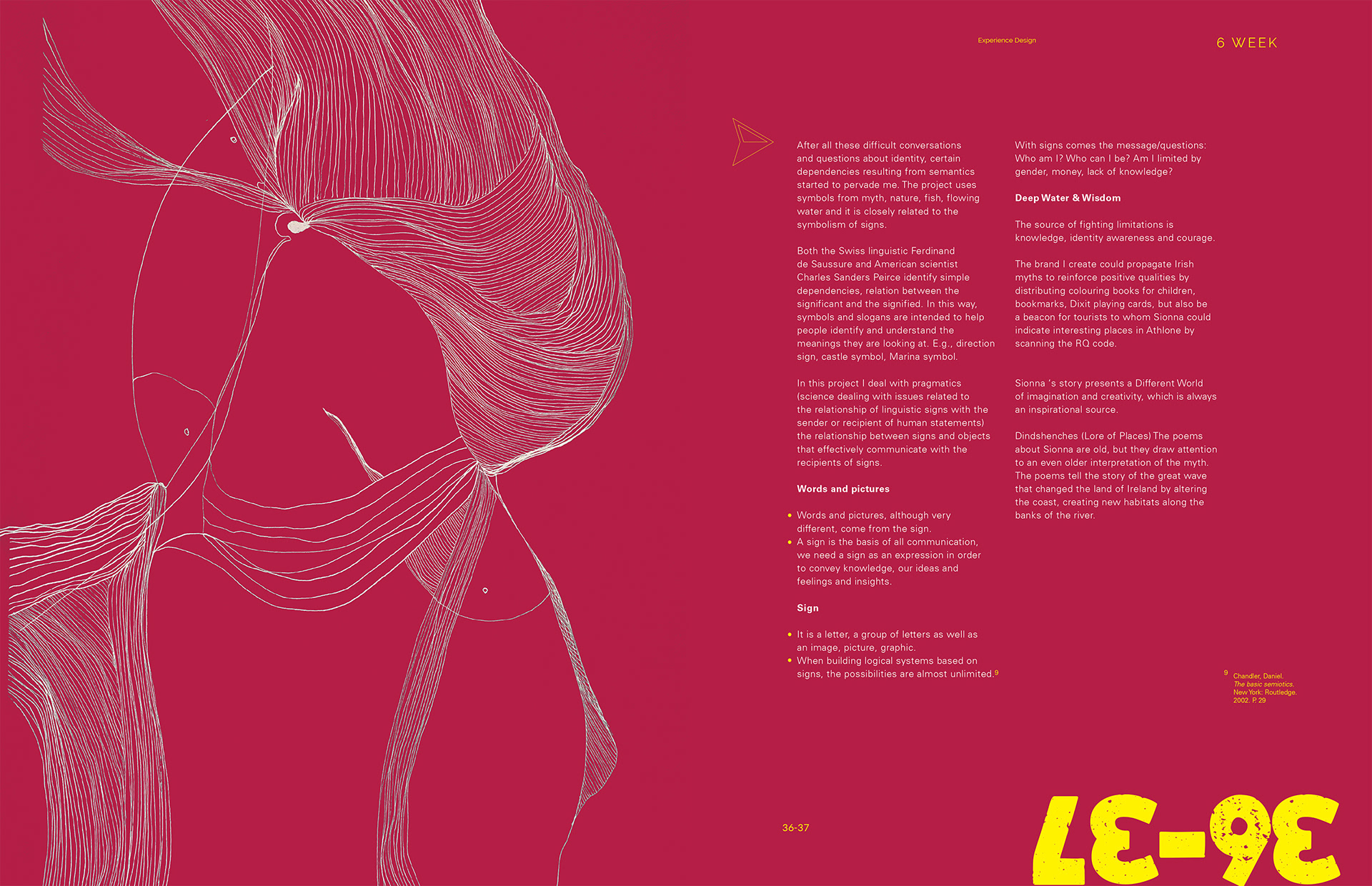

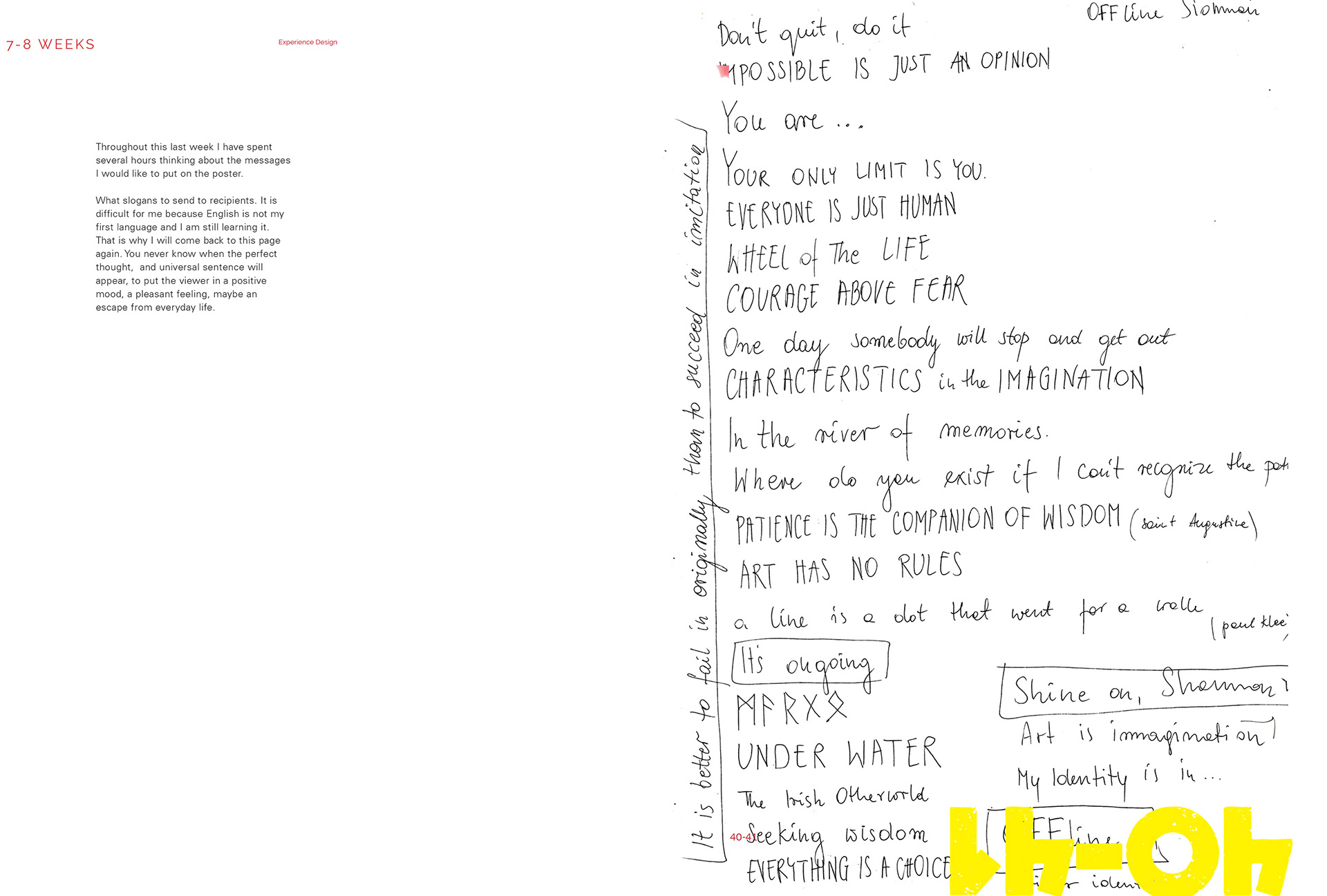
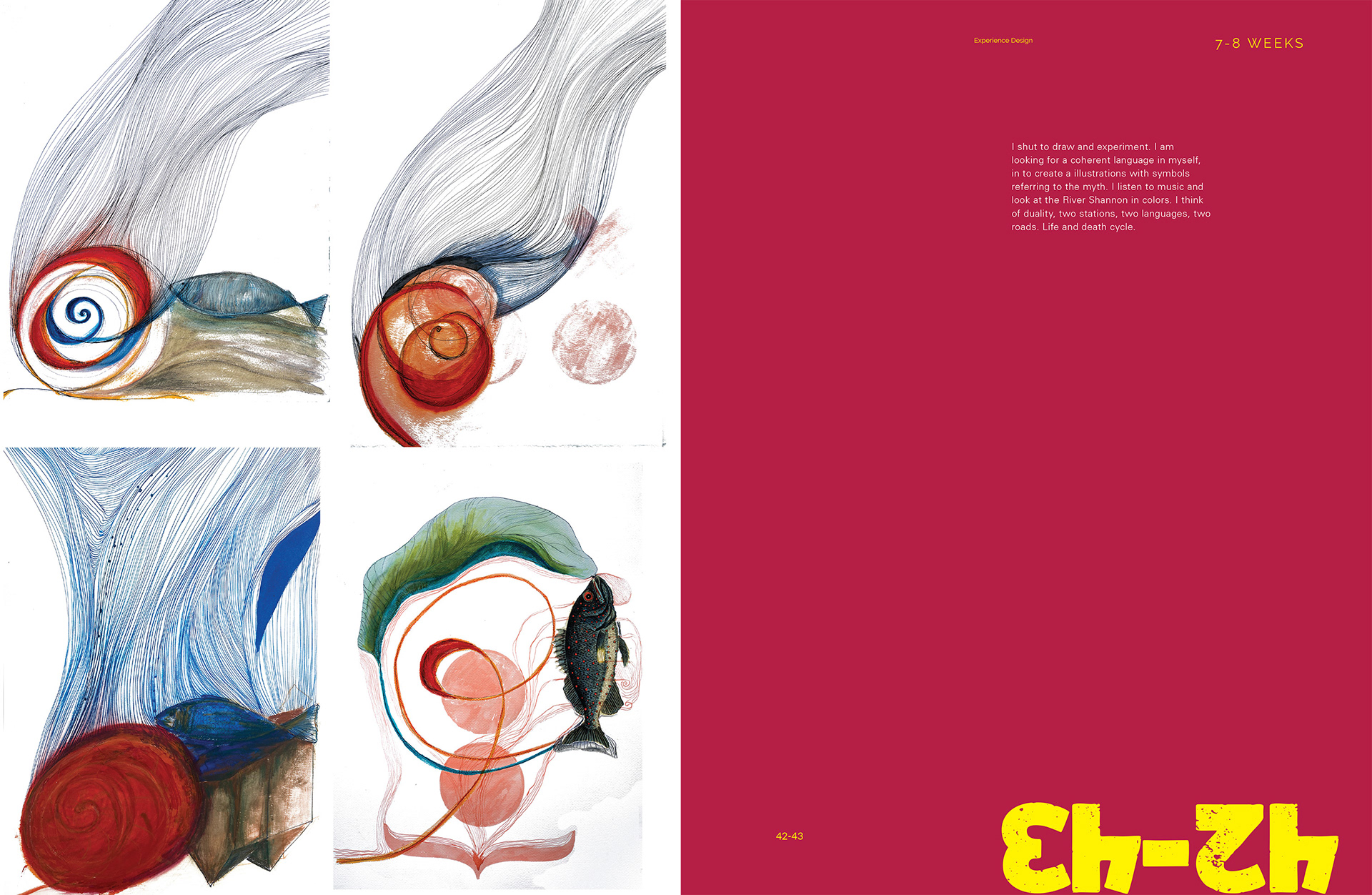
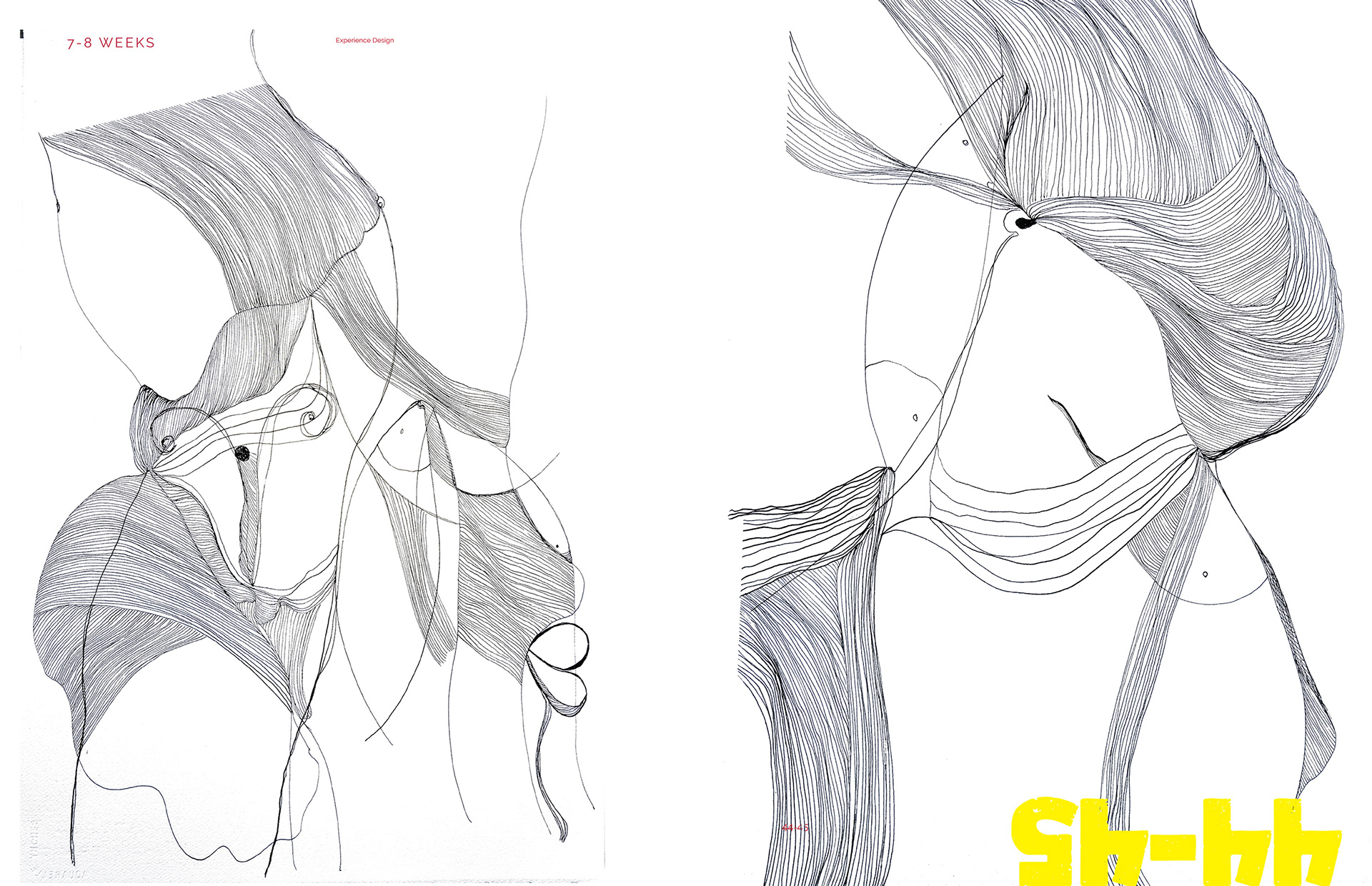
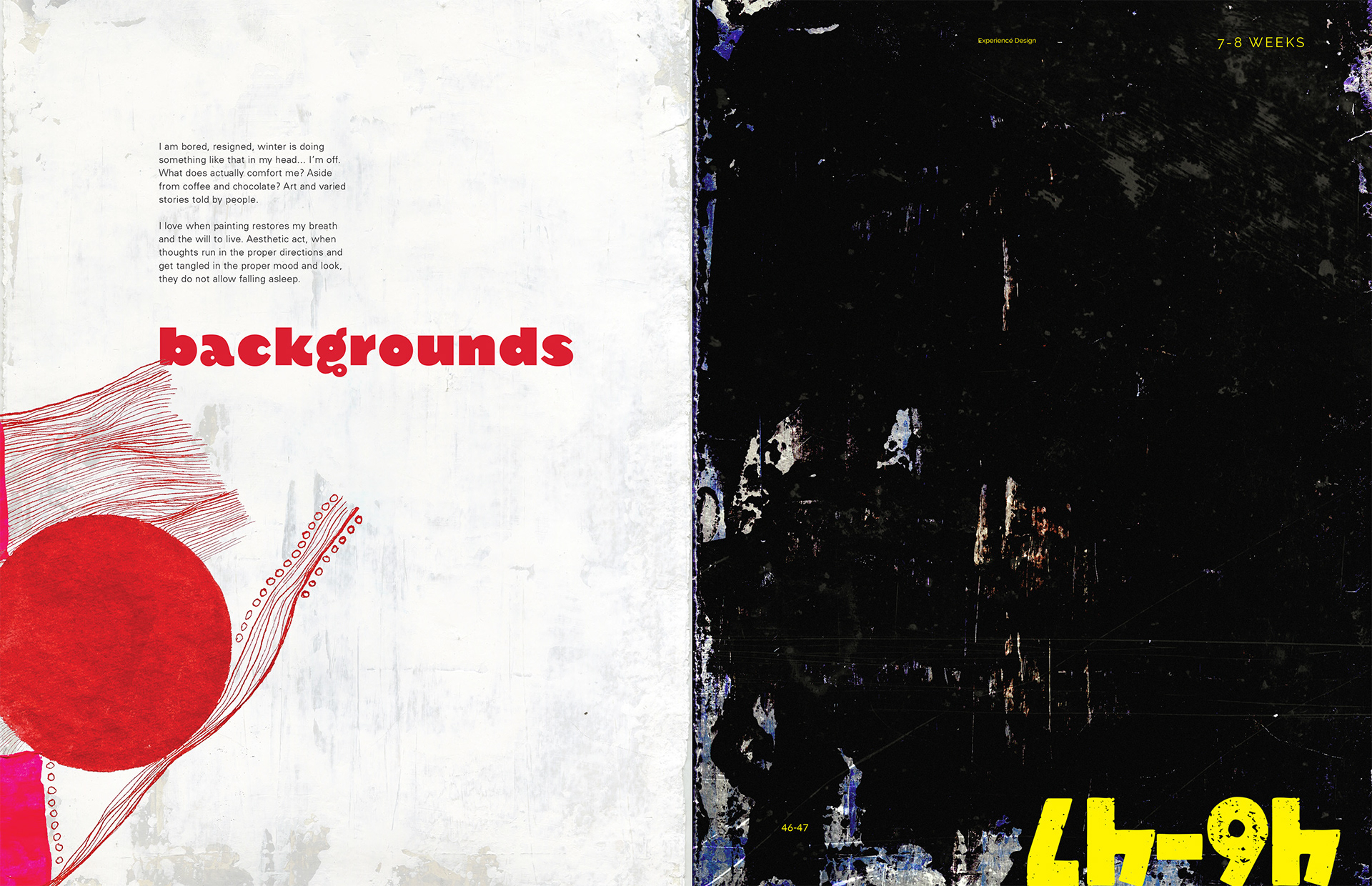
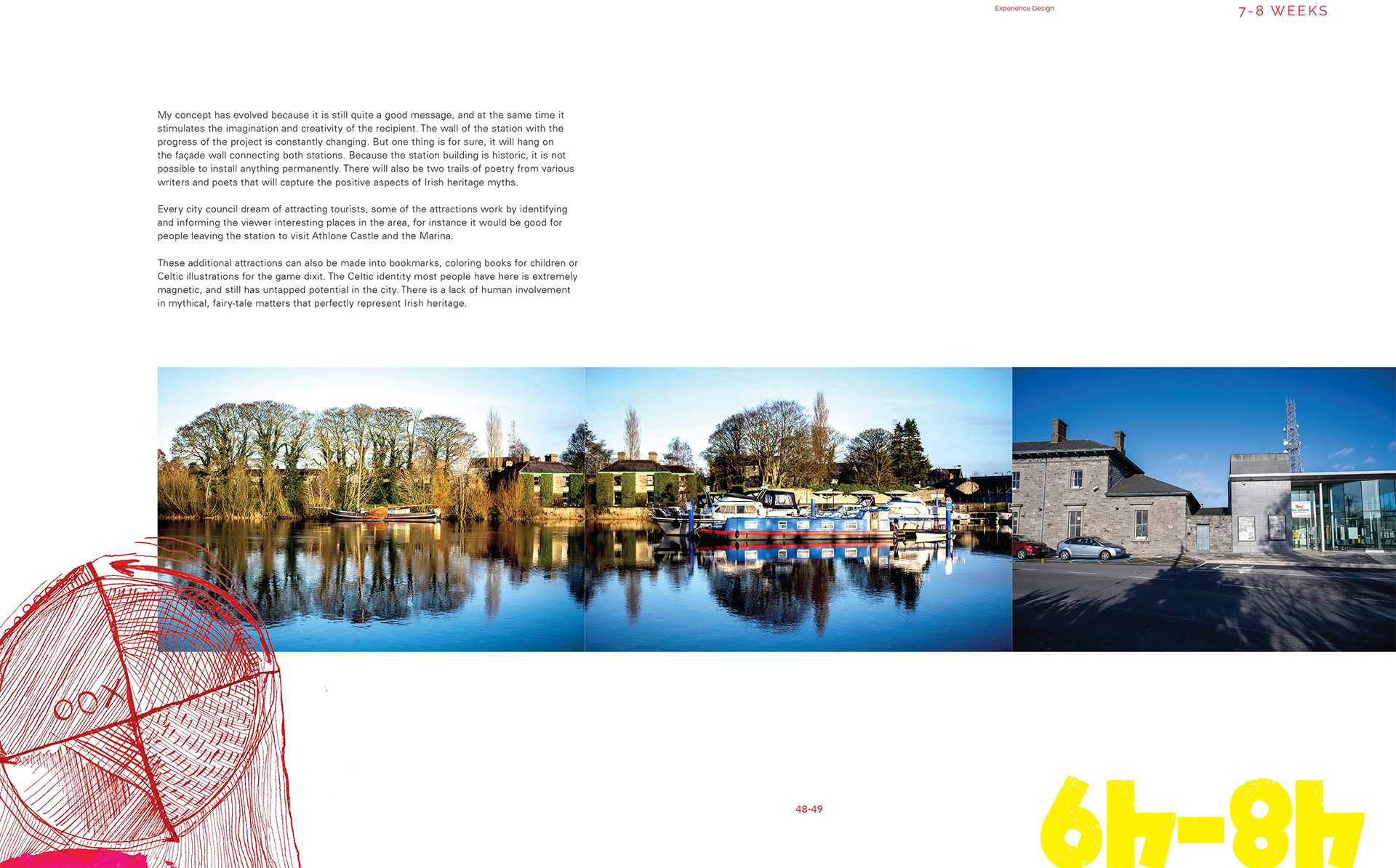
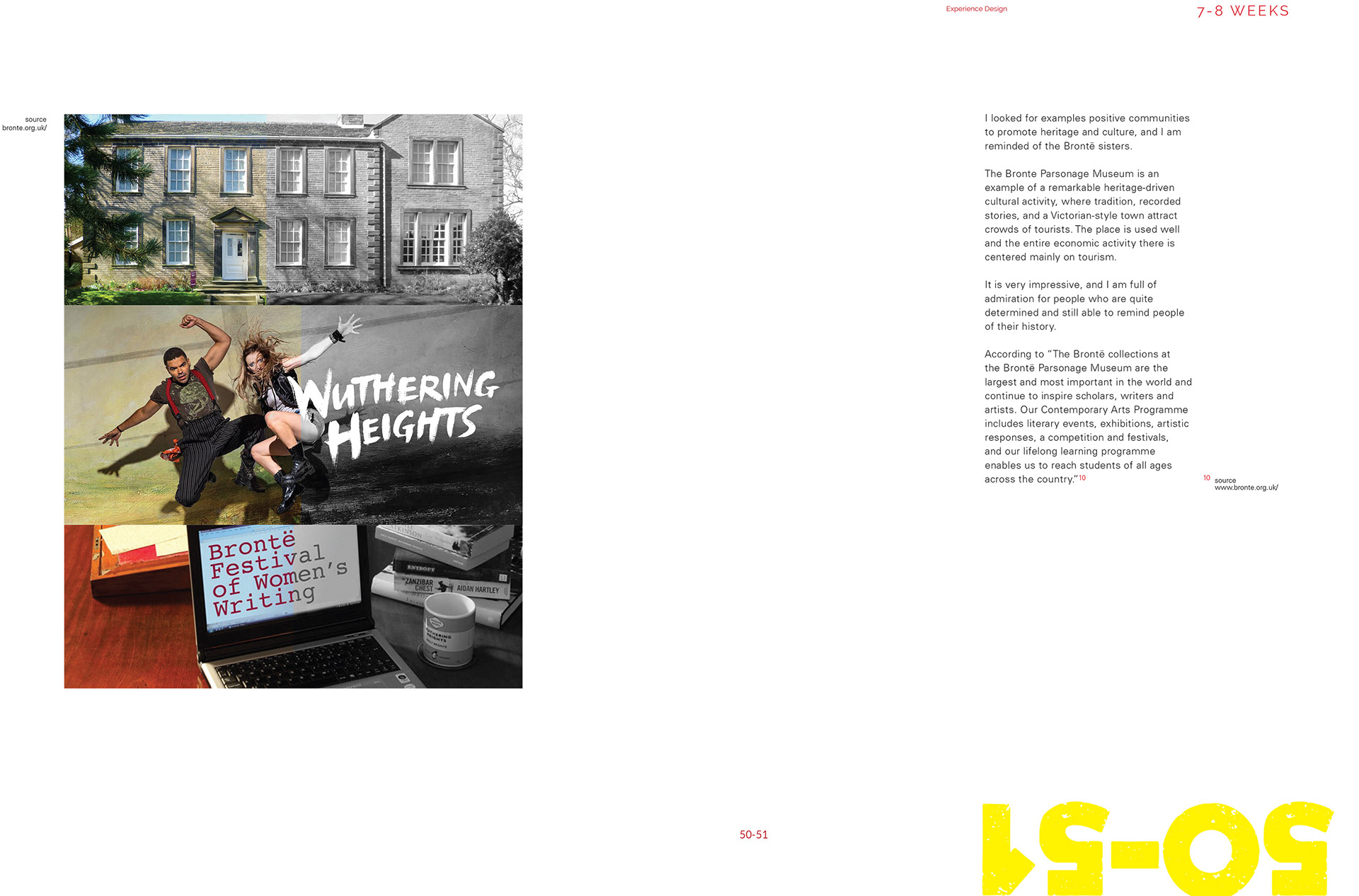
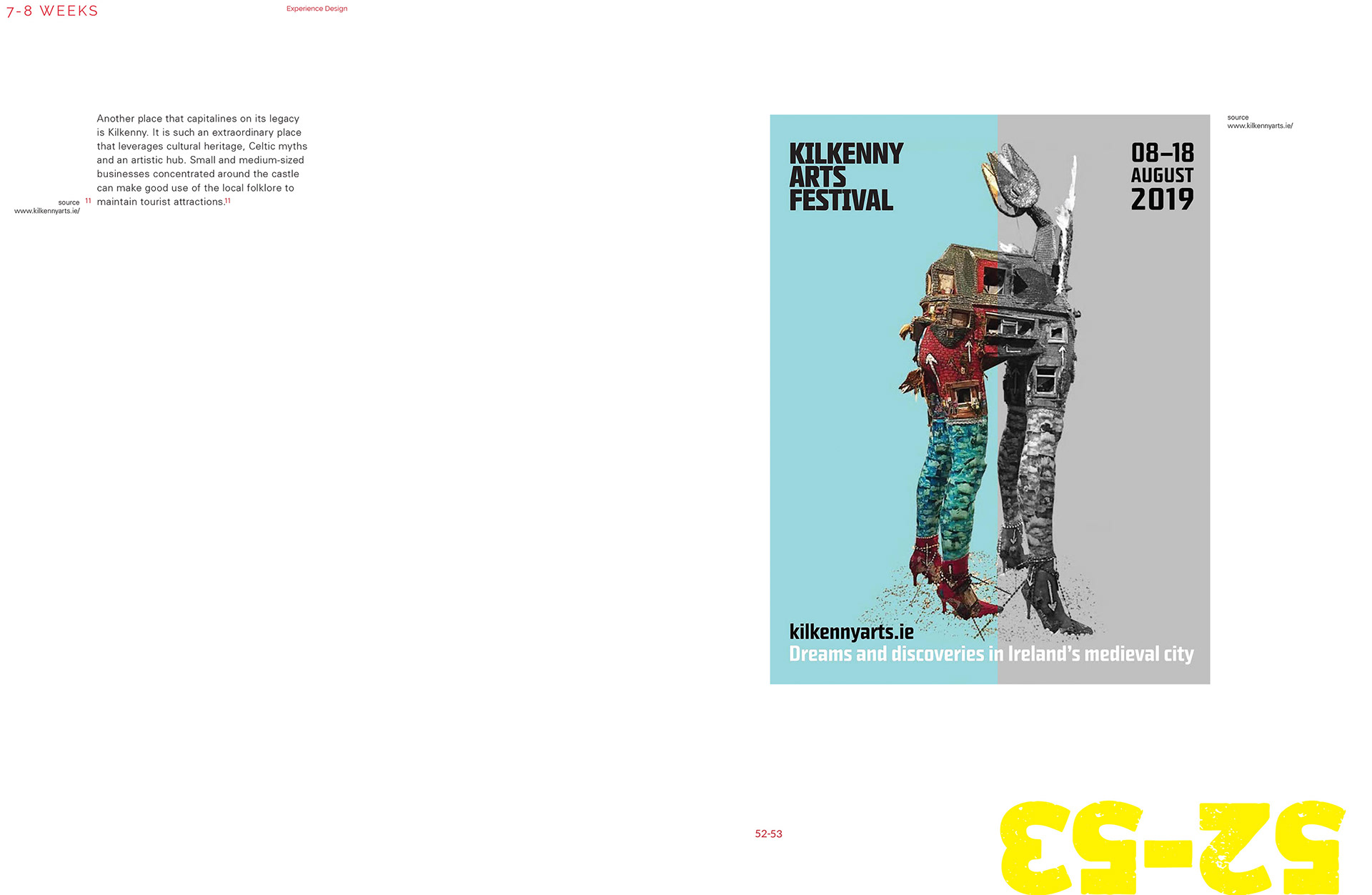
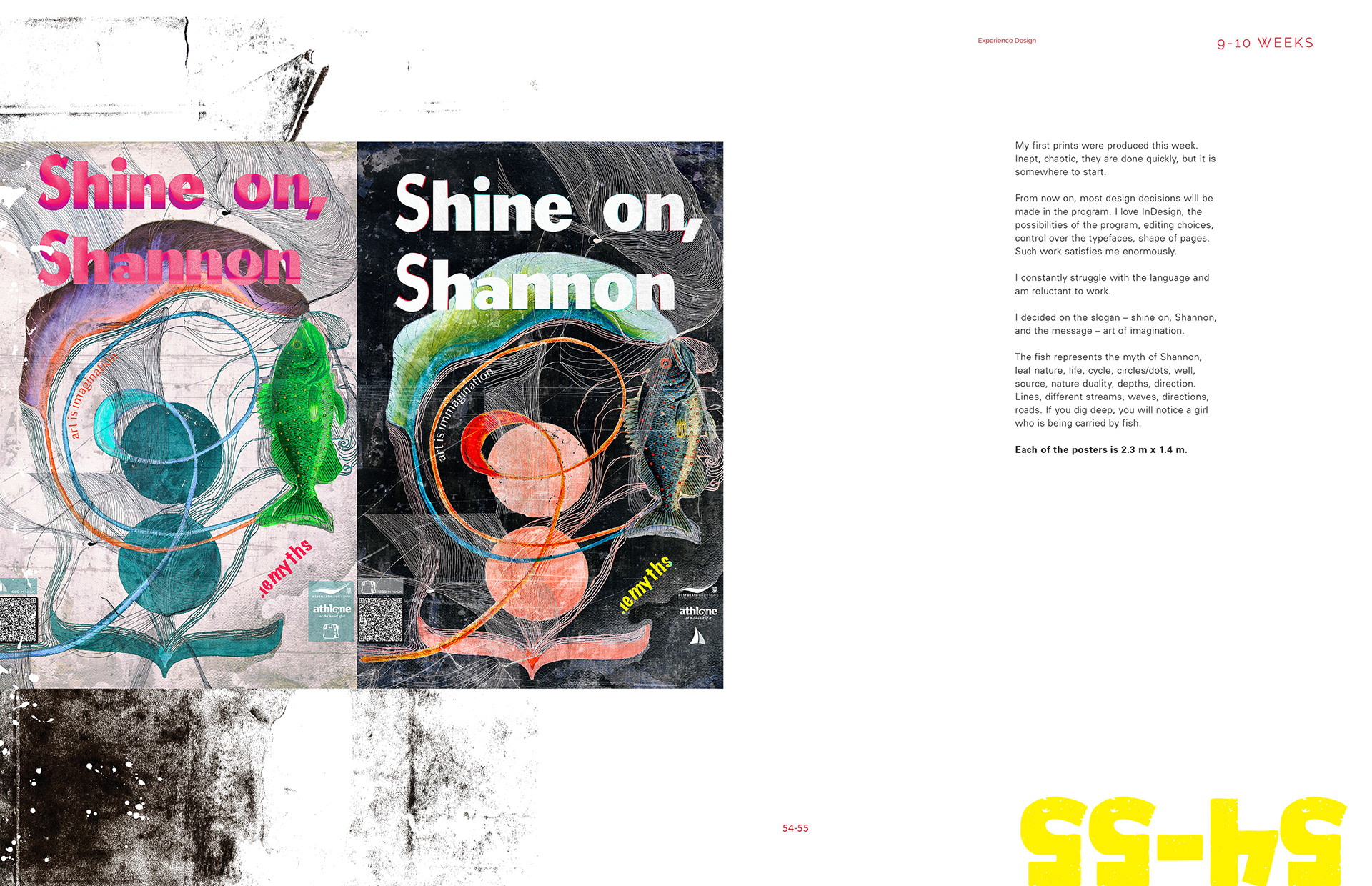
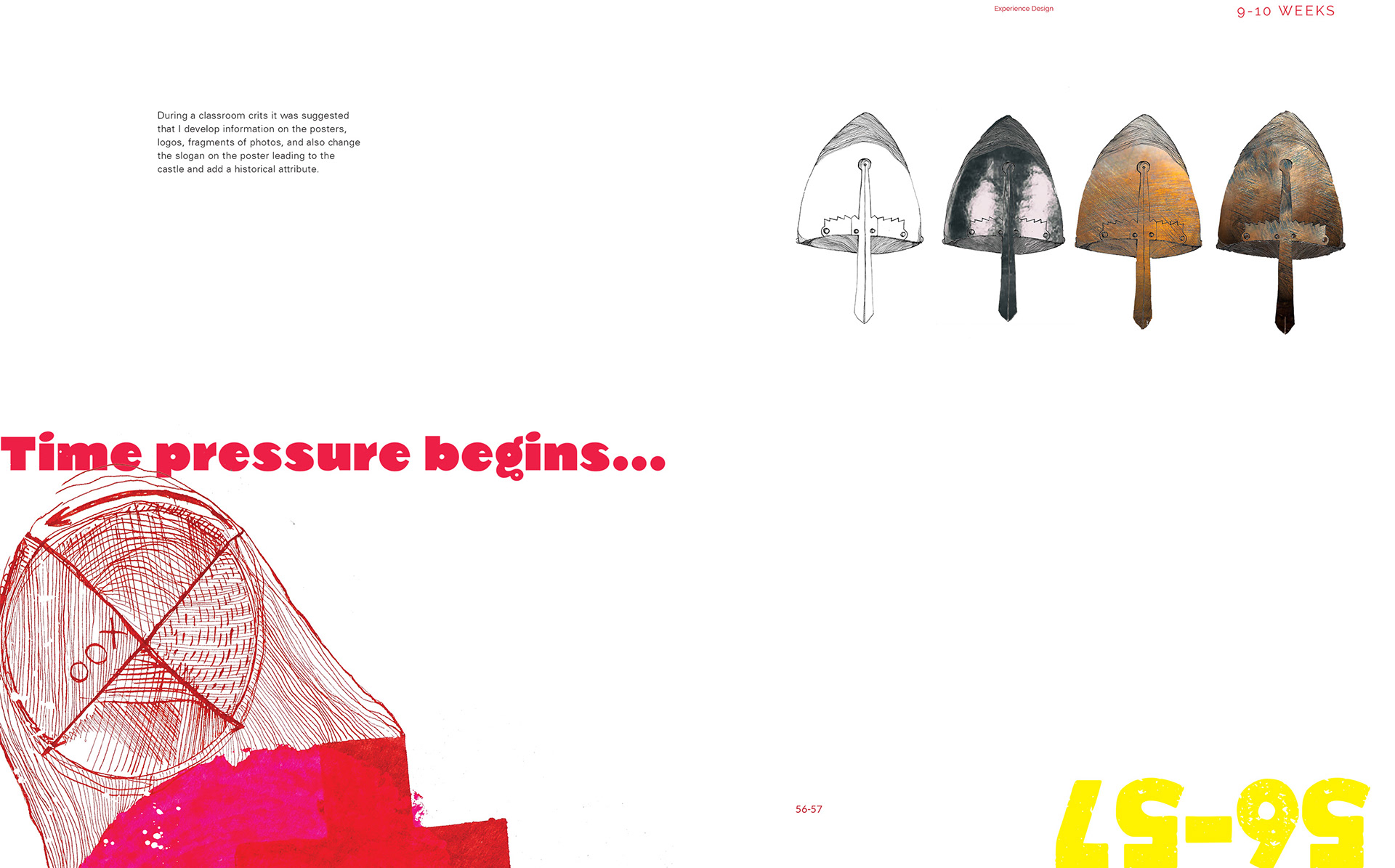
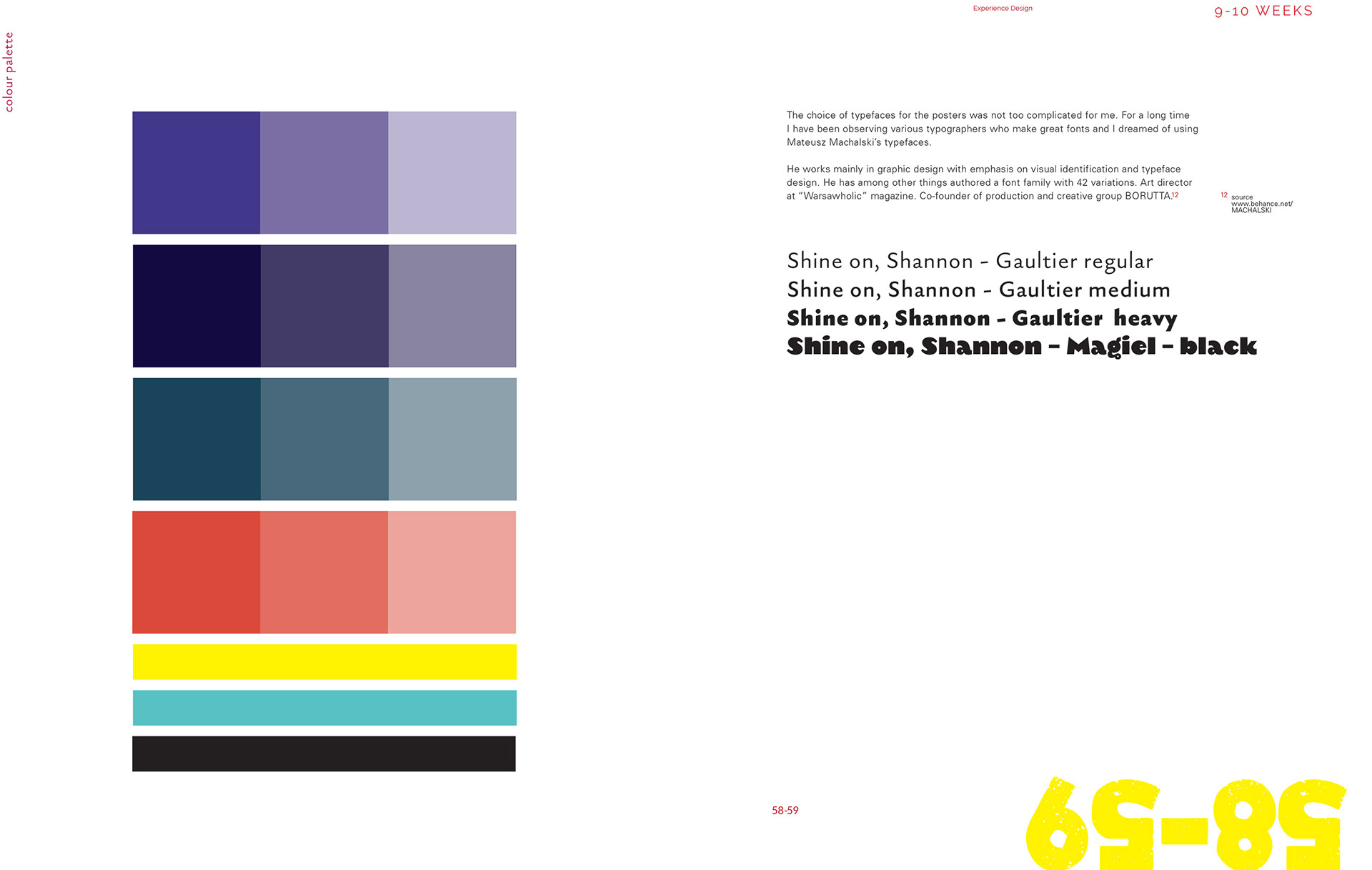
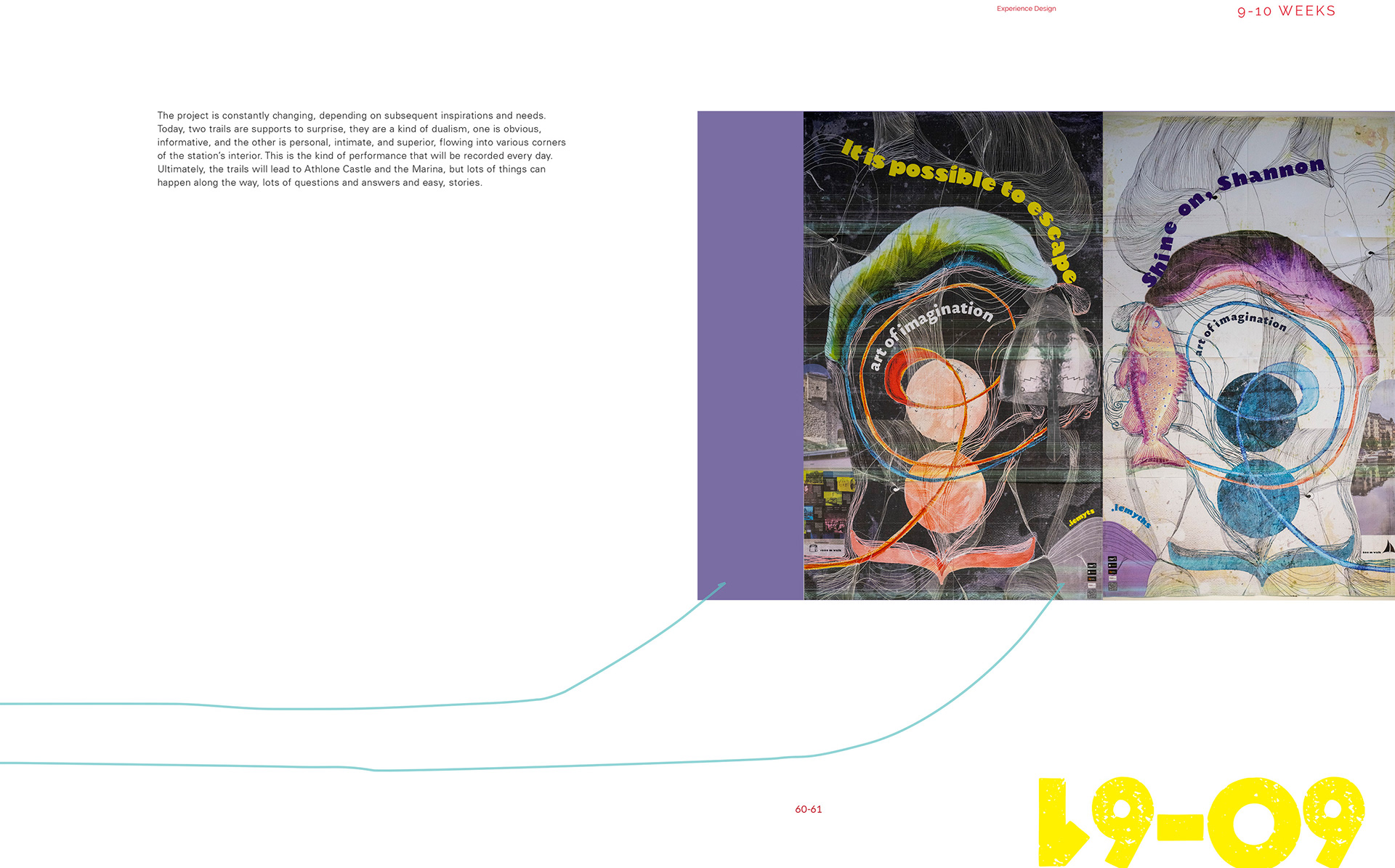
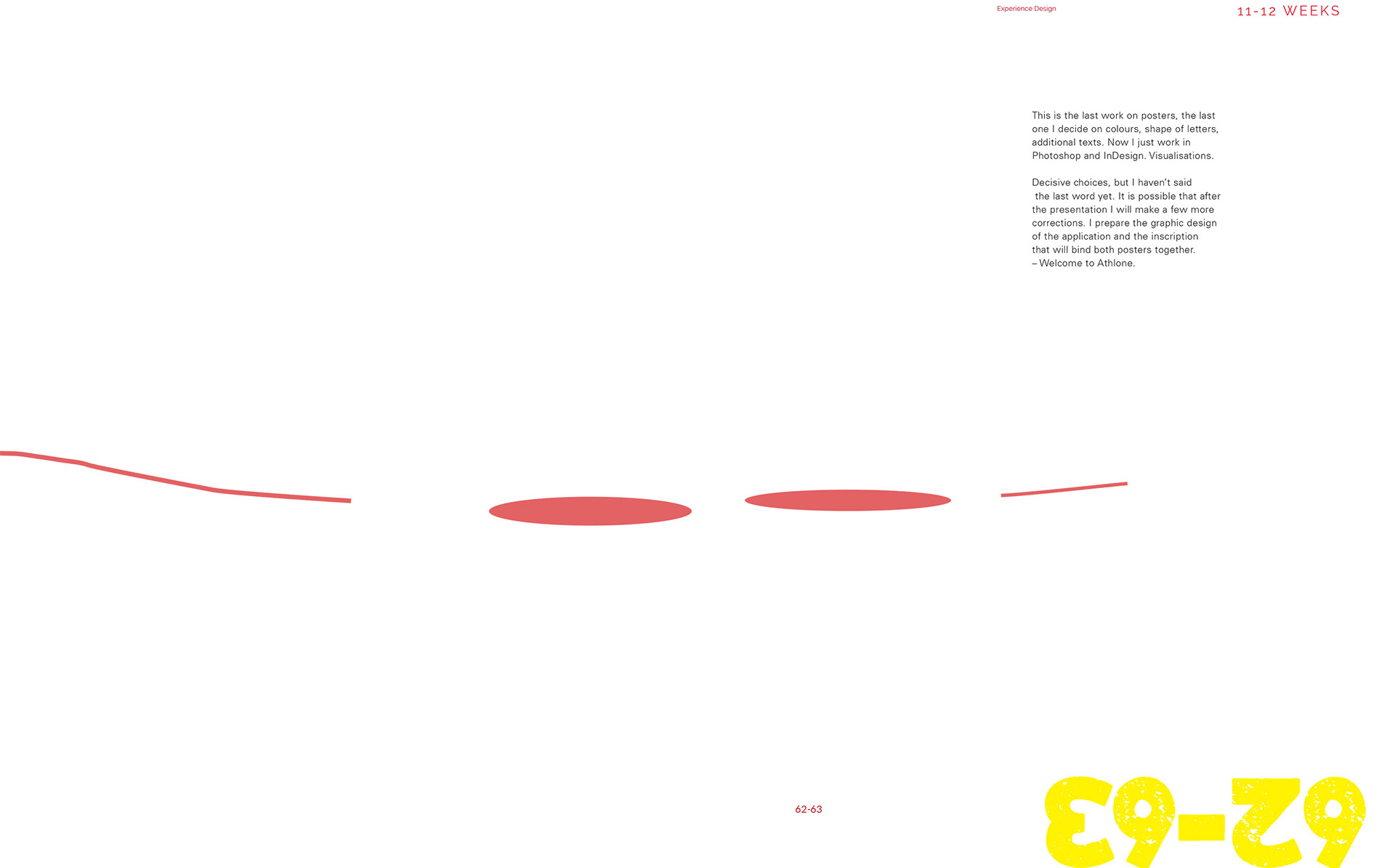
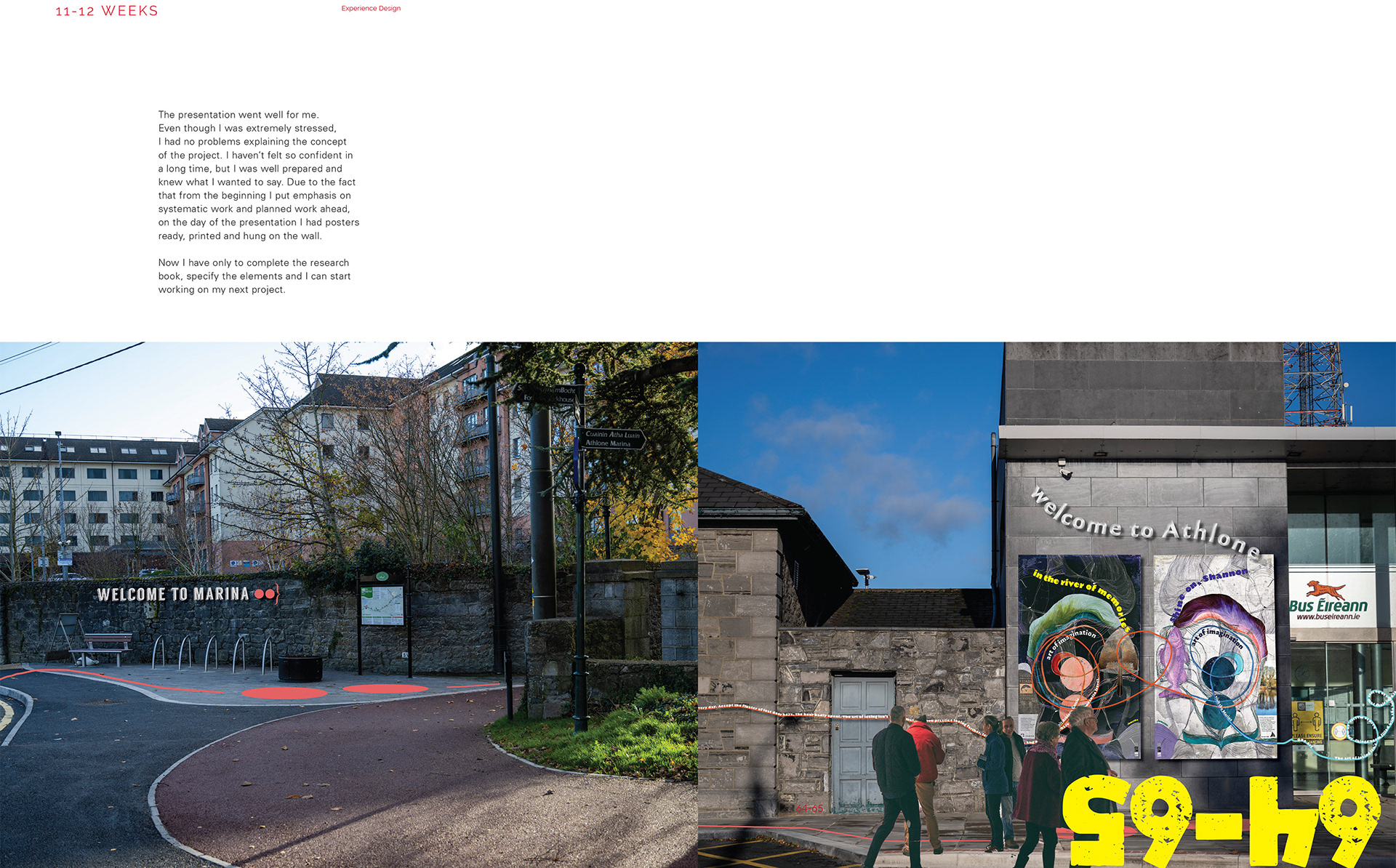
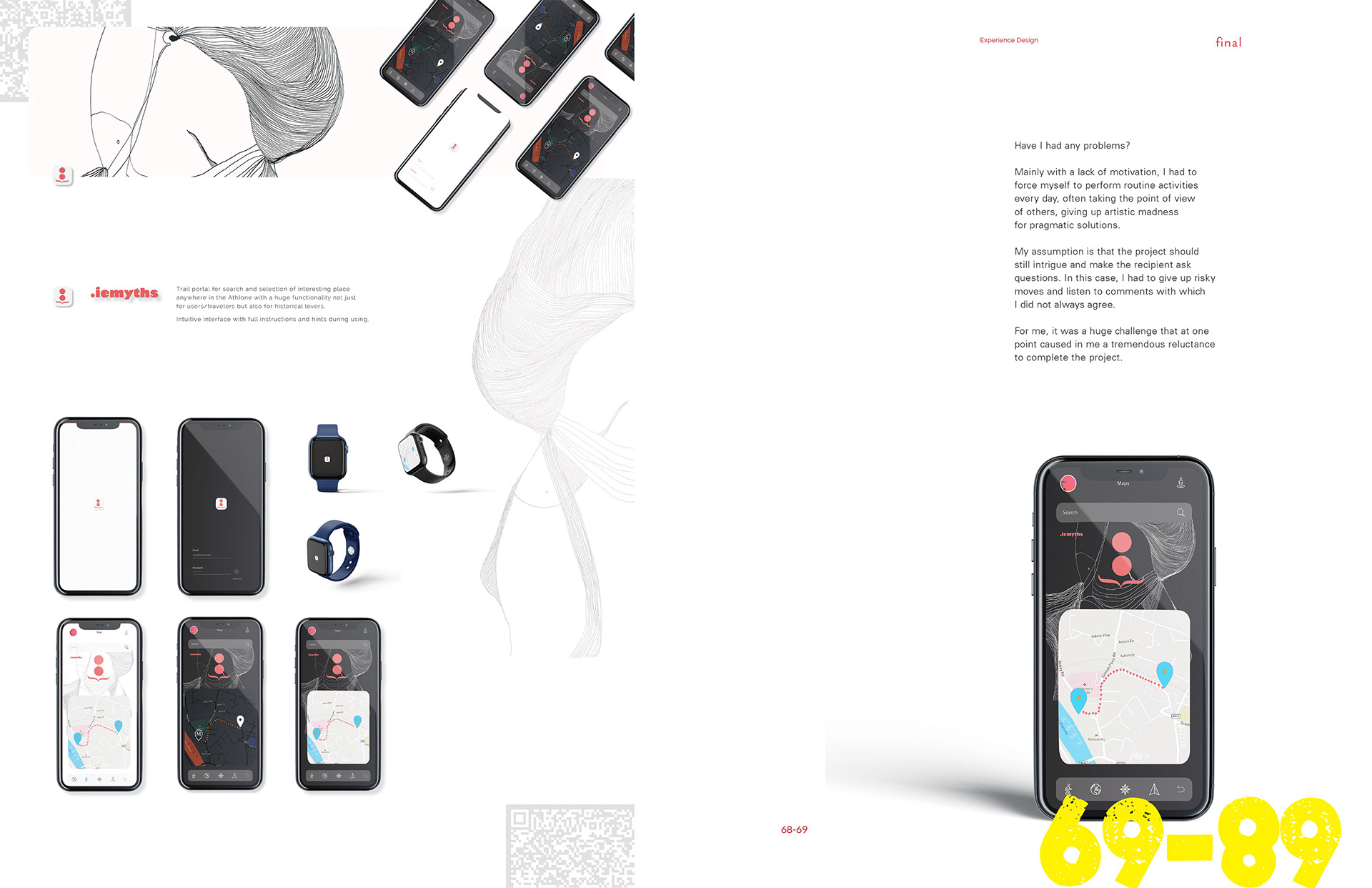
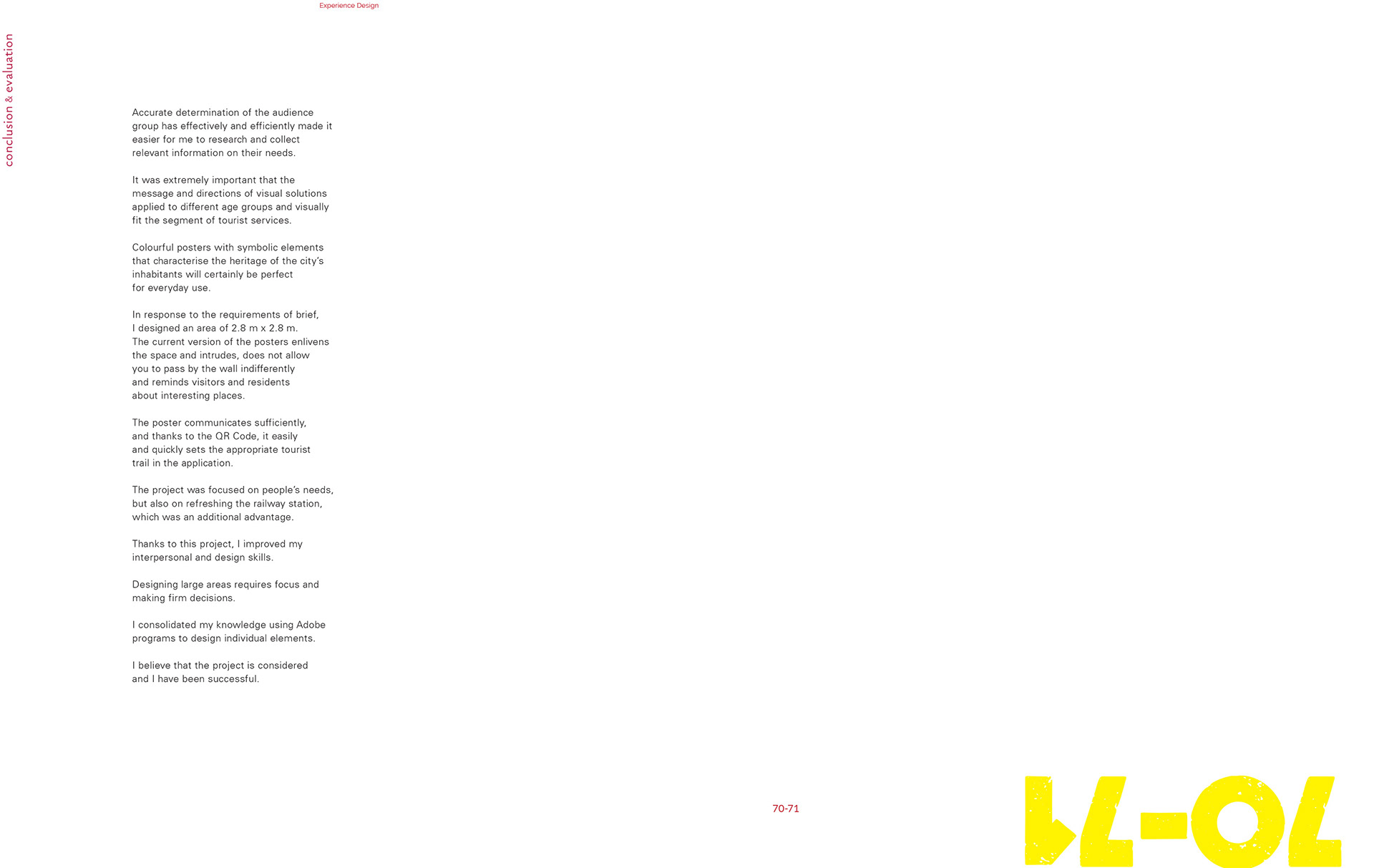
Prototypes
